Greetings Family and Friends,
A return to On the Flip Side but with a twist. Rather than dispatches from overseas, posts from stateside on an extended road trip. The region to be wandered is the Great Lakes with a wide margin for error. Given my penchant for all things maritime, expect an excess of photos on museum ships. Furthermore, in the transportation vein, railroad, aviation, and auto themed pictures should be in the offing. Add in some focus on sports and round out with all things Americana, hopefully an adventure worth sharing via On the Flip Side.
The steam locomotive is the Challenger 3900 series, UP 3977 (4-6-6-4). It is the only Challenger currently accessible to the public and is the second largest steam locomotive – behind the Big Boy (4-8-8-4). By way of explanation, the numbers in parentheses indicate the wheel configuration for steam locomotives. The first number is the number of leading wheels and the last number is the number of trailing wheels, while the middle number(s) is the number of driving wheels.
The diesel-electric locomotive is the 6900 series, UP 6922 (D-D). These are the most powerful diesel-electric locomotives ever built. For diesel-electrics, the wheel designations are by truck and axel with A indicating 1 axel per truck, B indicating 2 axels per truck, C indicating 3 axels per truck, and D indicating 4 axels per truck. So for the 6900 series (D-D) the locomotive had two trucks each with 4 axels (8 wheels).
The museum also has a caboose, railway post car, and workman’s car, all of which sport the UP livery. The cabs of both locomotives and the interiors of the three railway cars are accessible to the public. The depot onsite is from Hershey, NE – an architectural gem and a repository of railway memorabilia. Like the tower, a docent is on hand to answer questions. Pat was the docent on the day of my visit and he provided not only information but tales of working on the UP during his 30 year career.
That’s it for now. As always, feel free to share this link with anyone who expresses an interest. And of course, if I am cluttering up your inbox, simply let me know and I will correct that. Note that in the section below the blog where comments may be entered, the email address will NOT be displayed. It is collected simply as a way of identifying the writer before publishing the comment – unfortunately On the Flip Side gets quite a bit of attempted spam. Lastly, as before, I will sign off with my very much cherished title of Papi – the French word for Grandpa and how I am known by my Grandsons.
Until later,
Papi

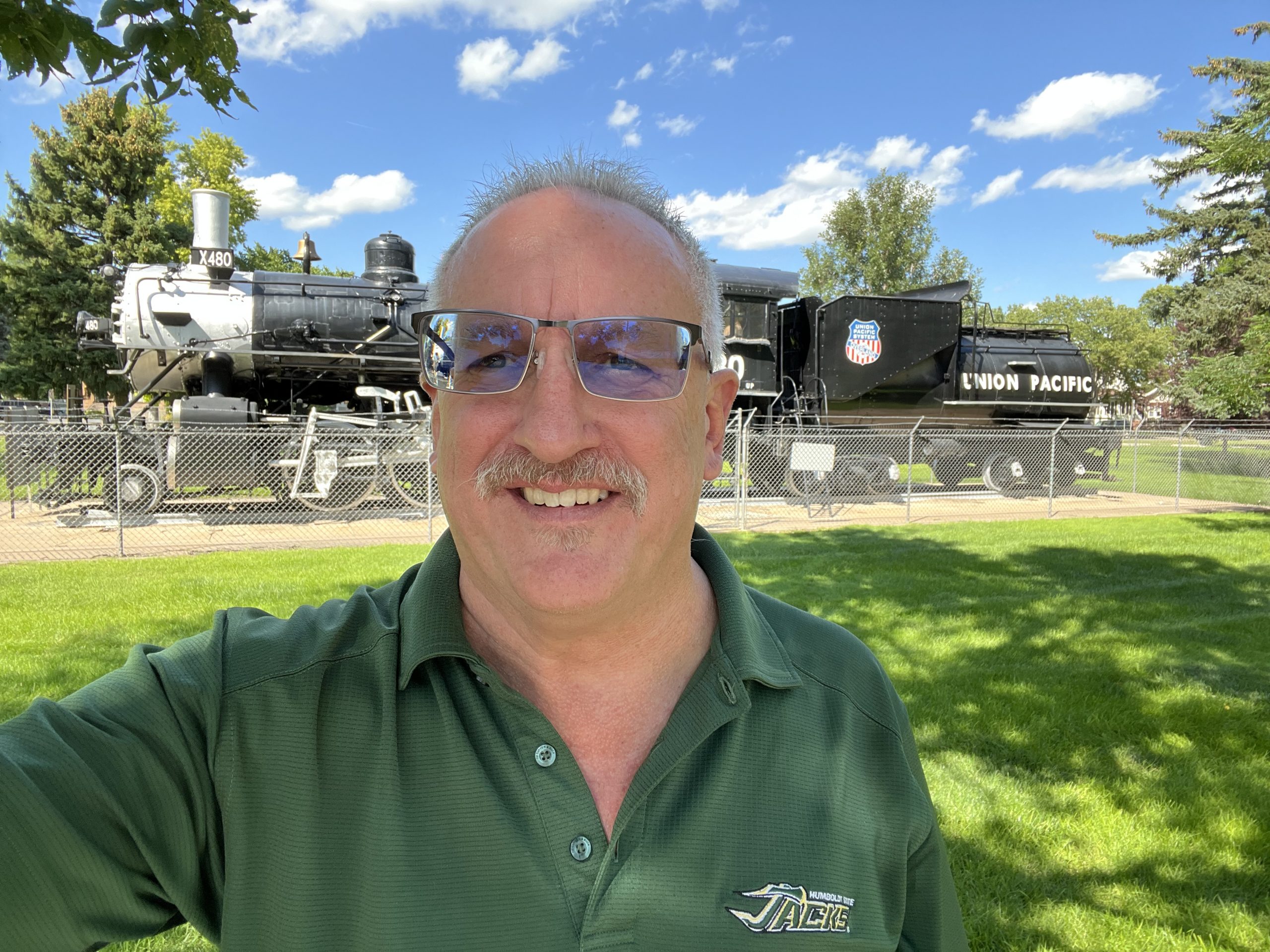
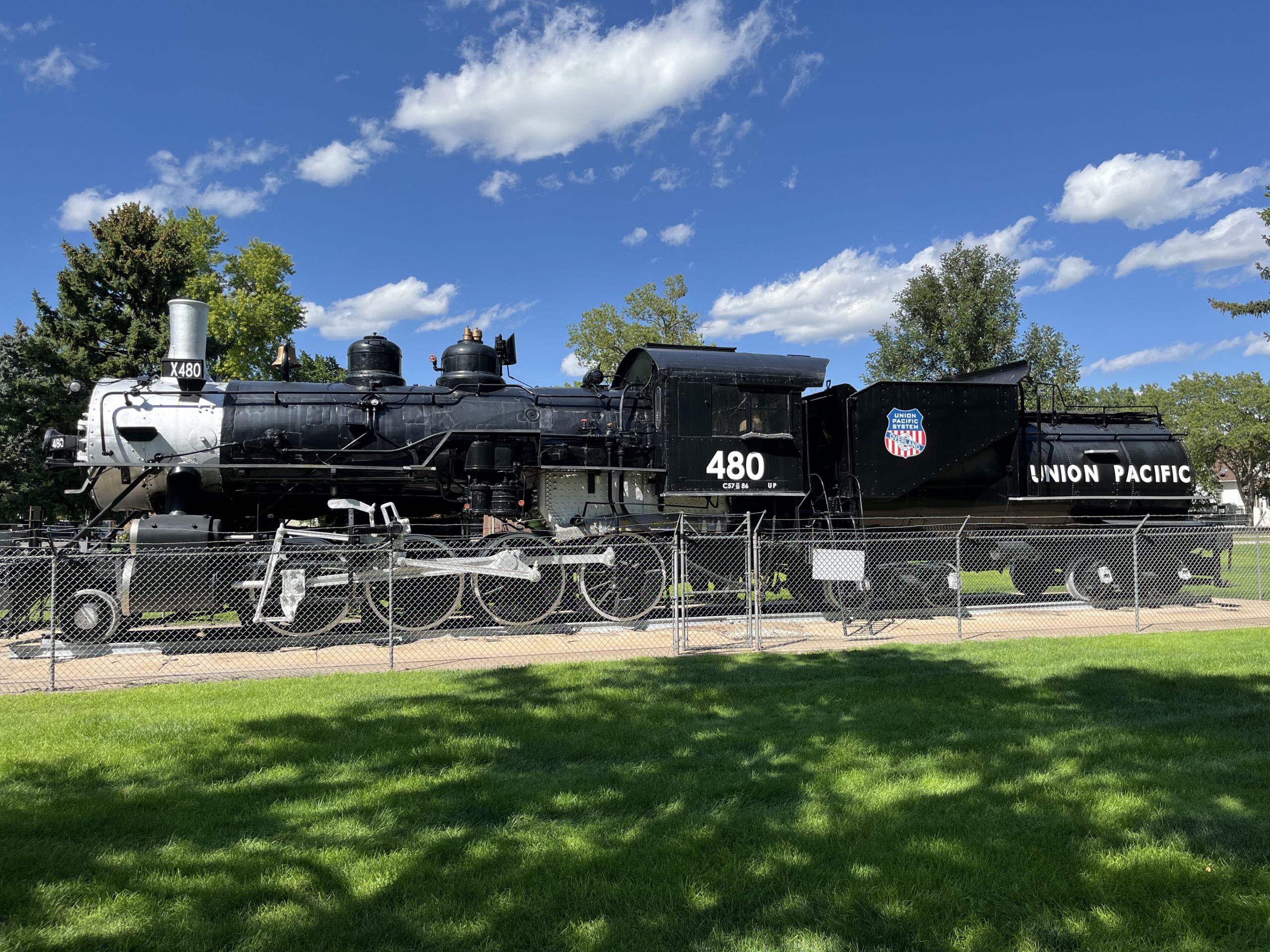
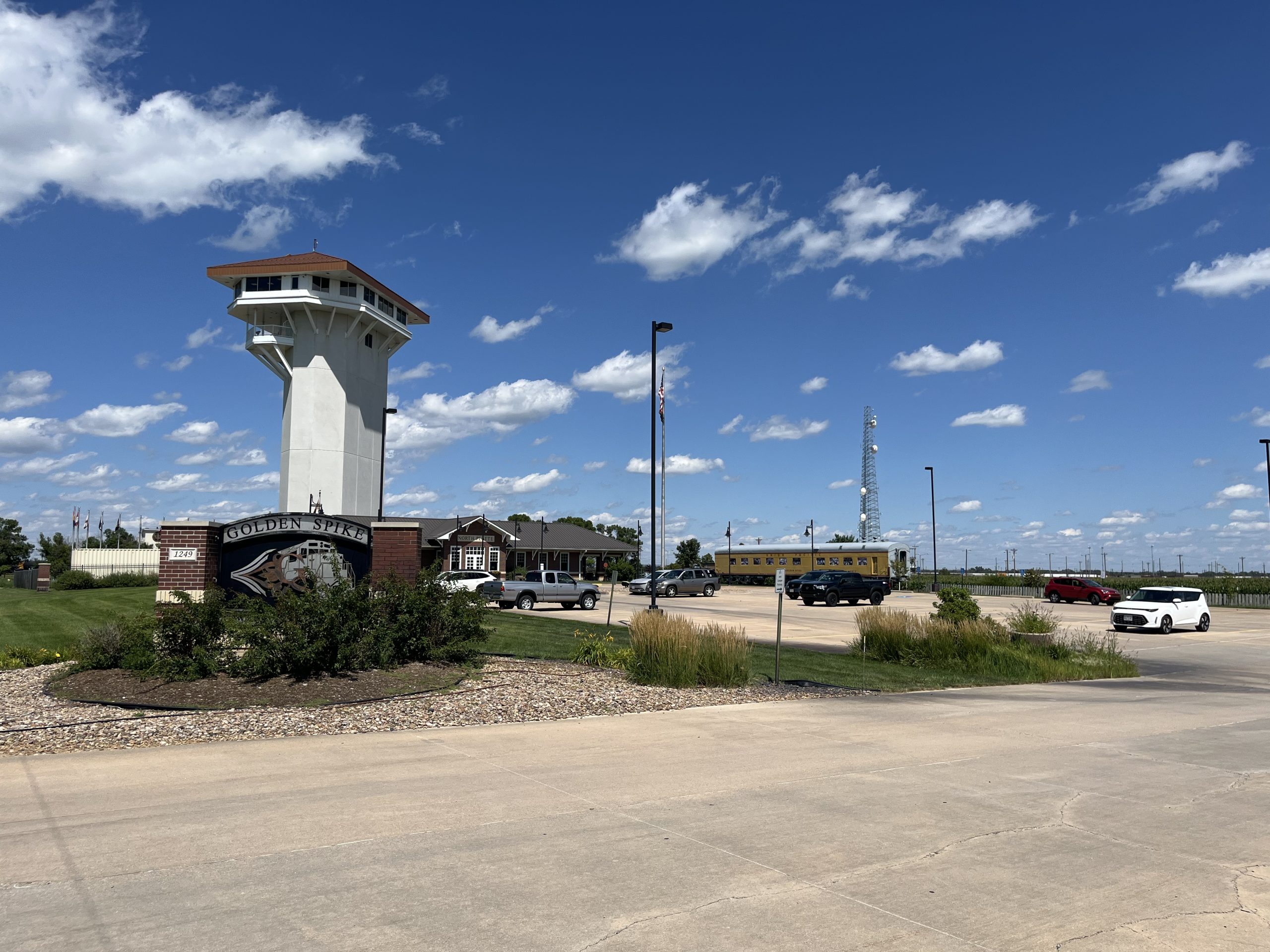
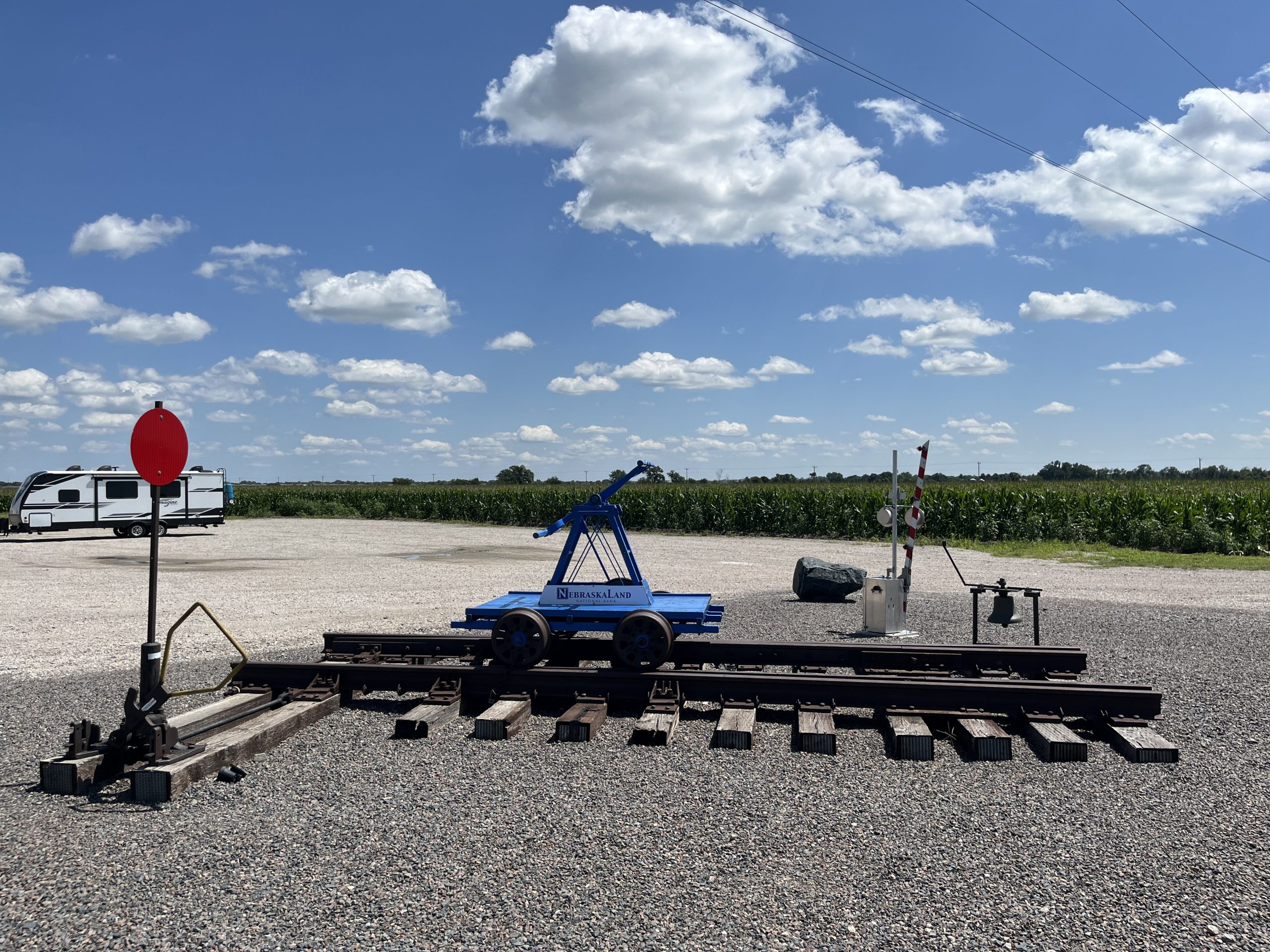
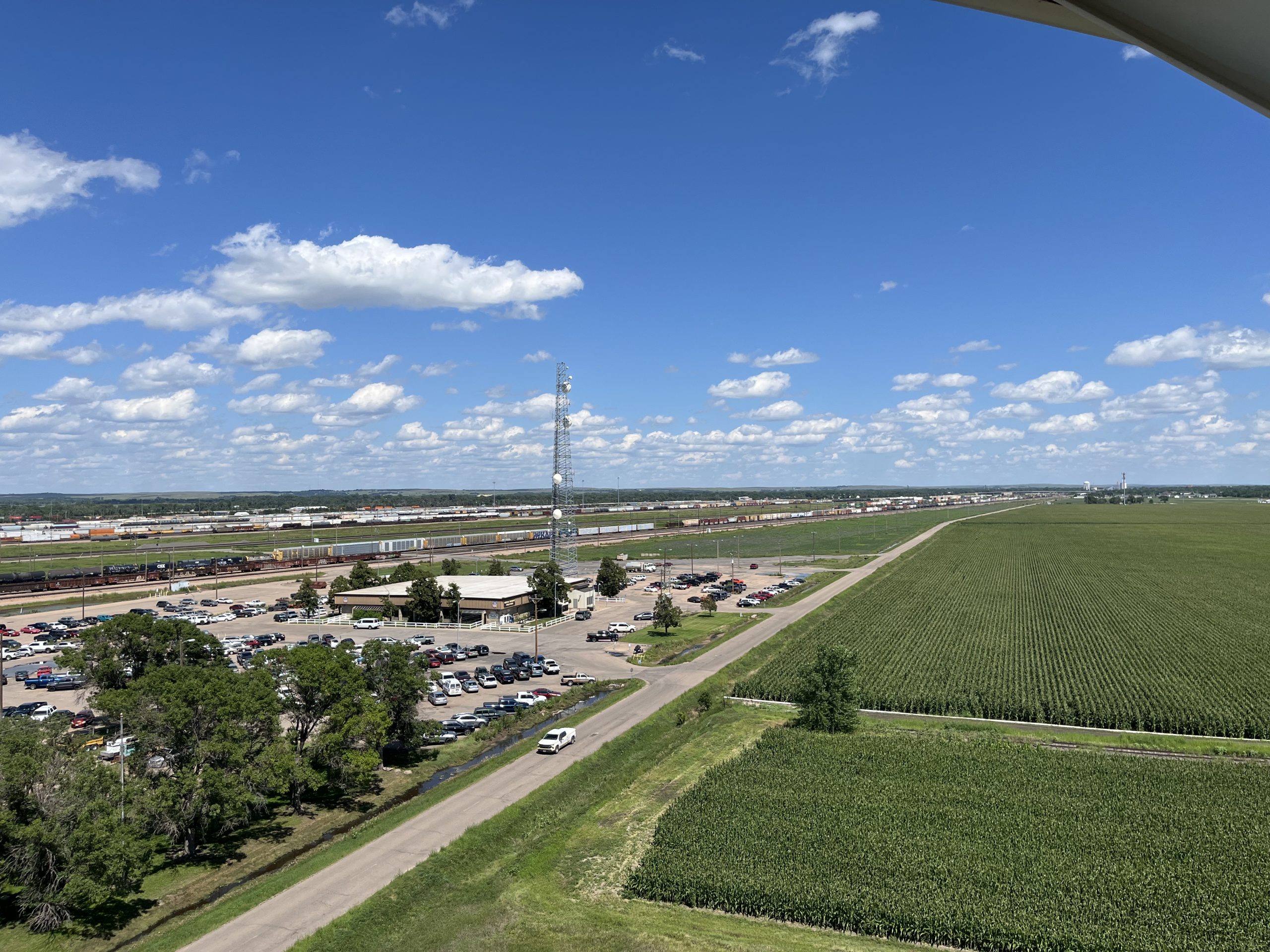
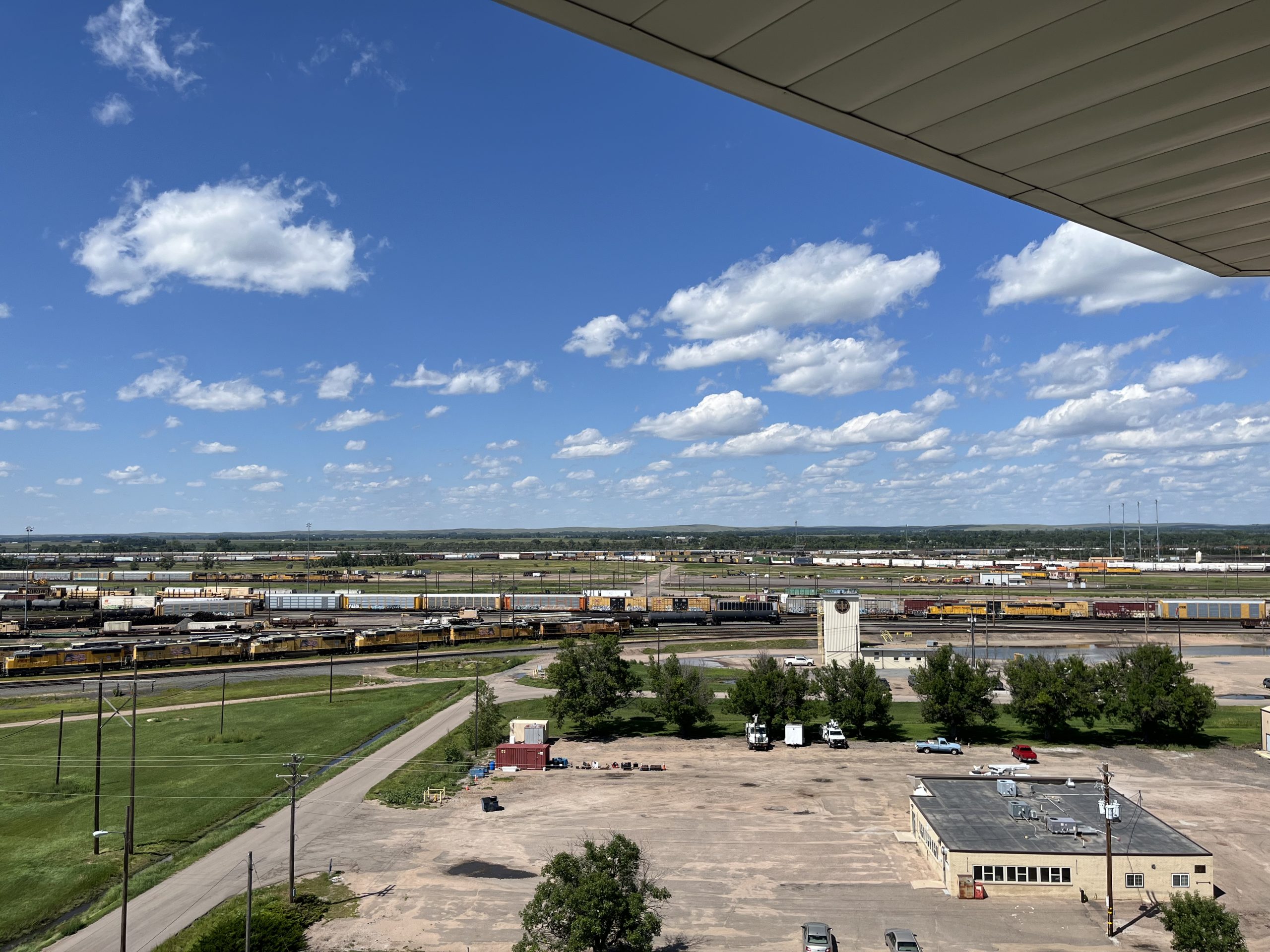
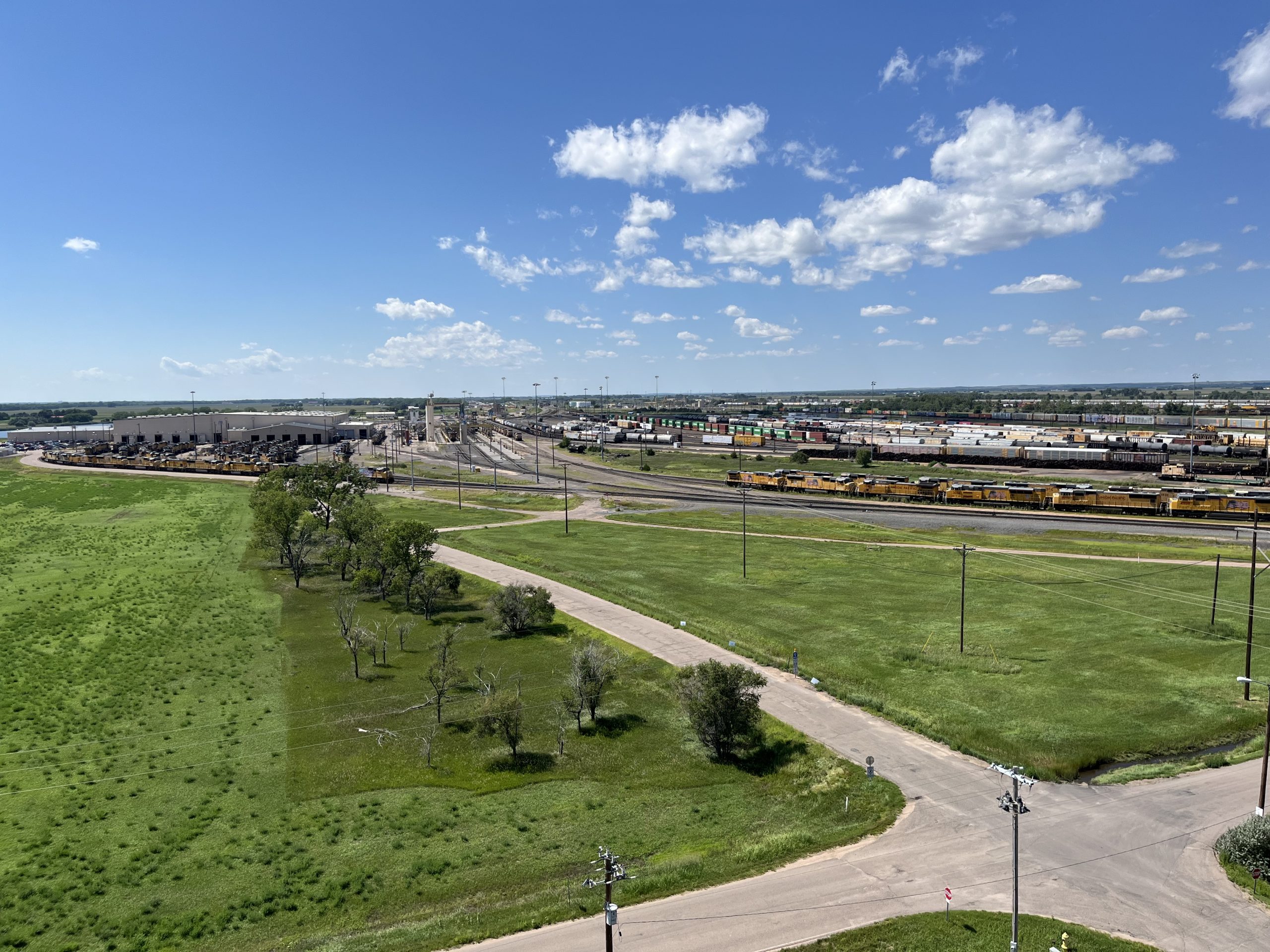
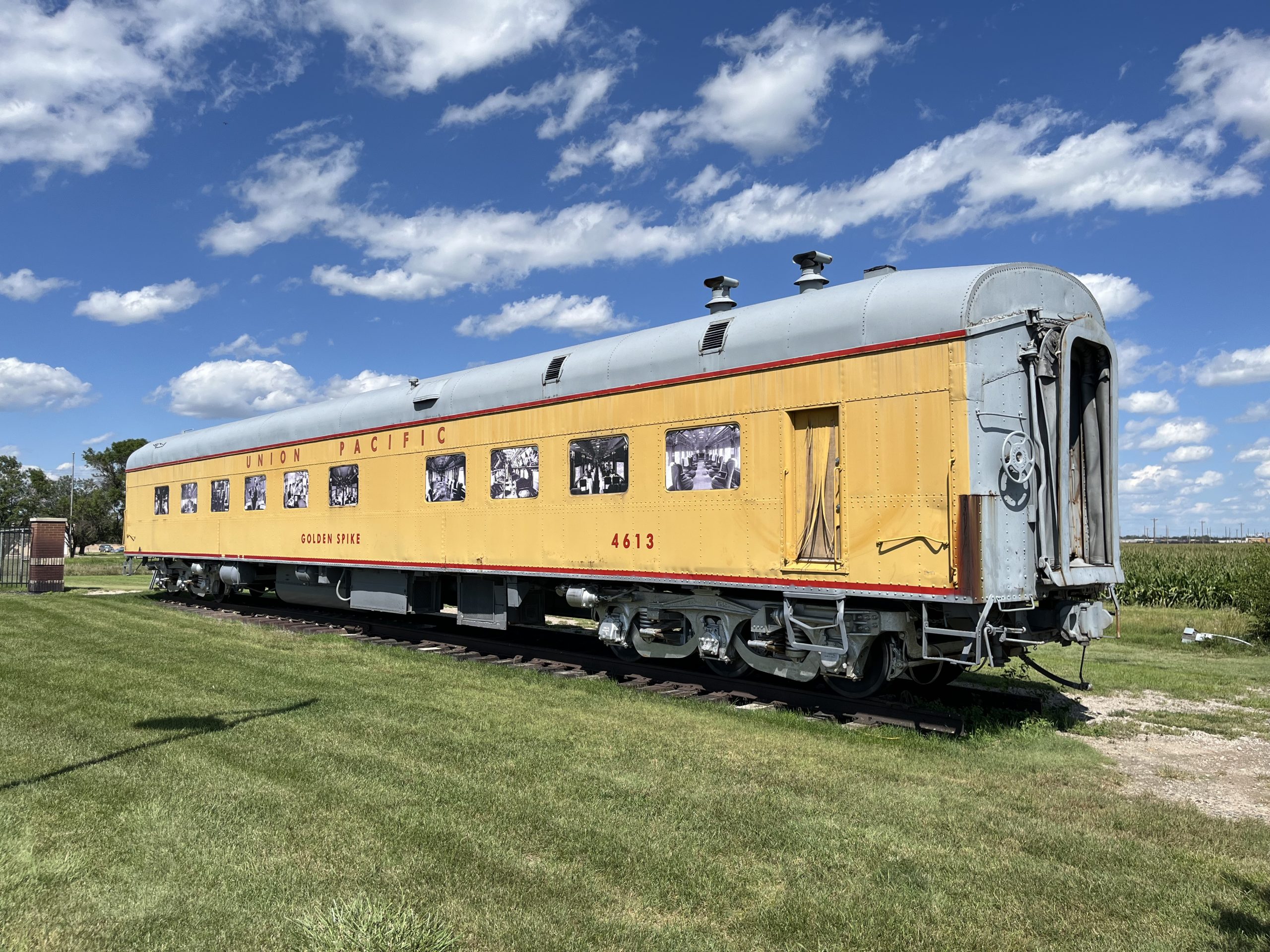
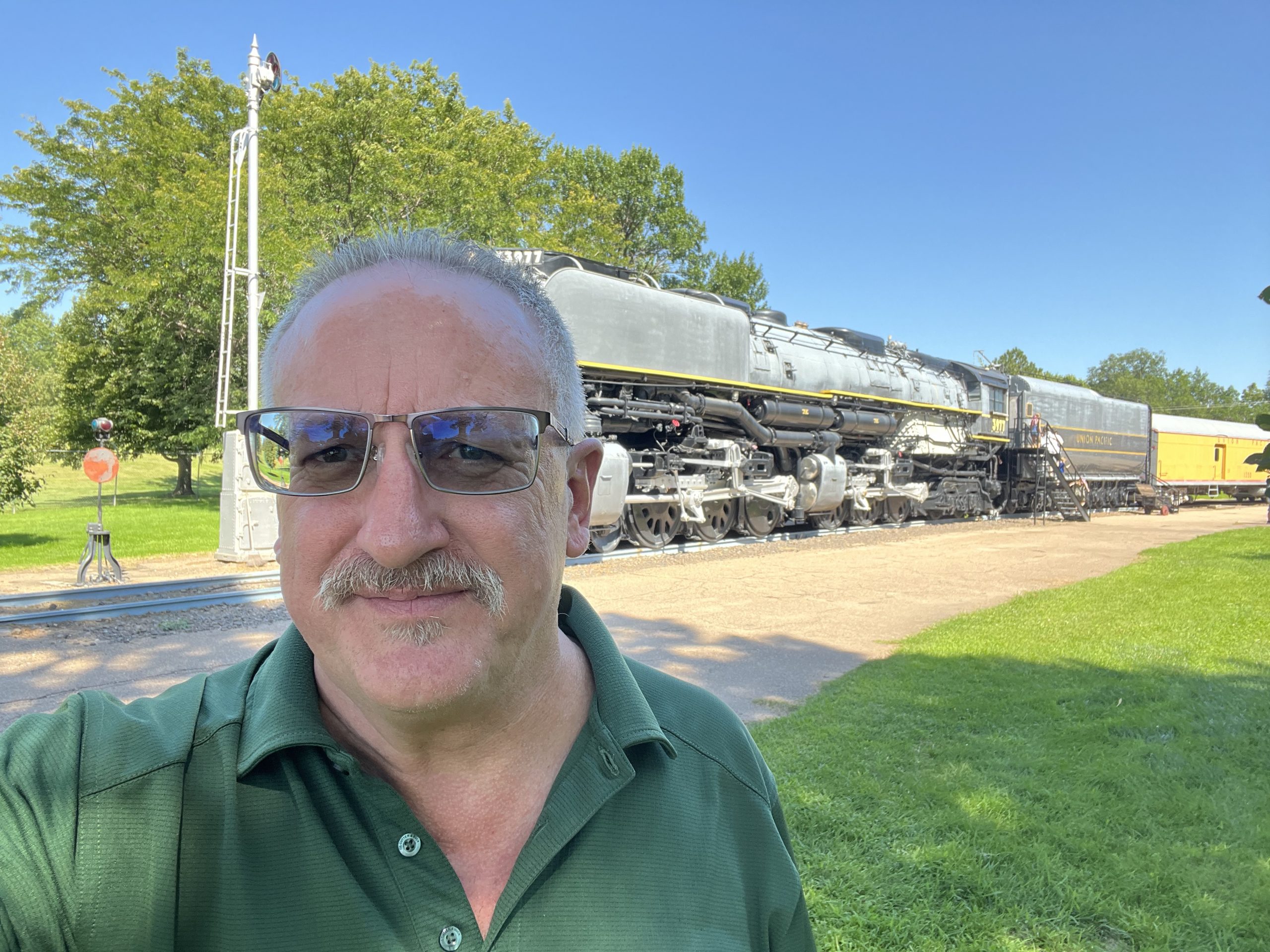
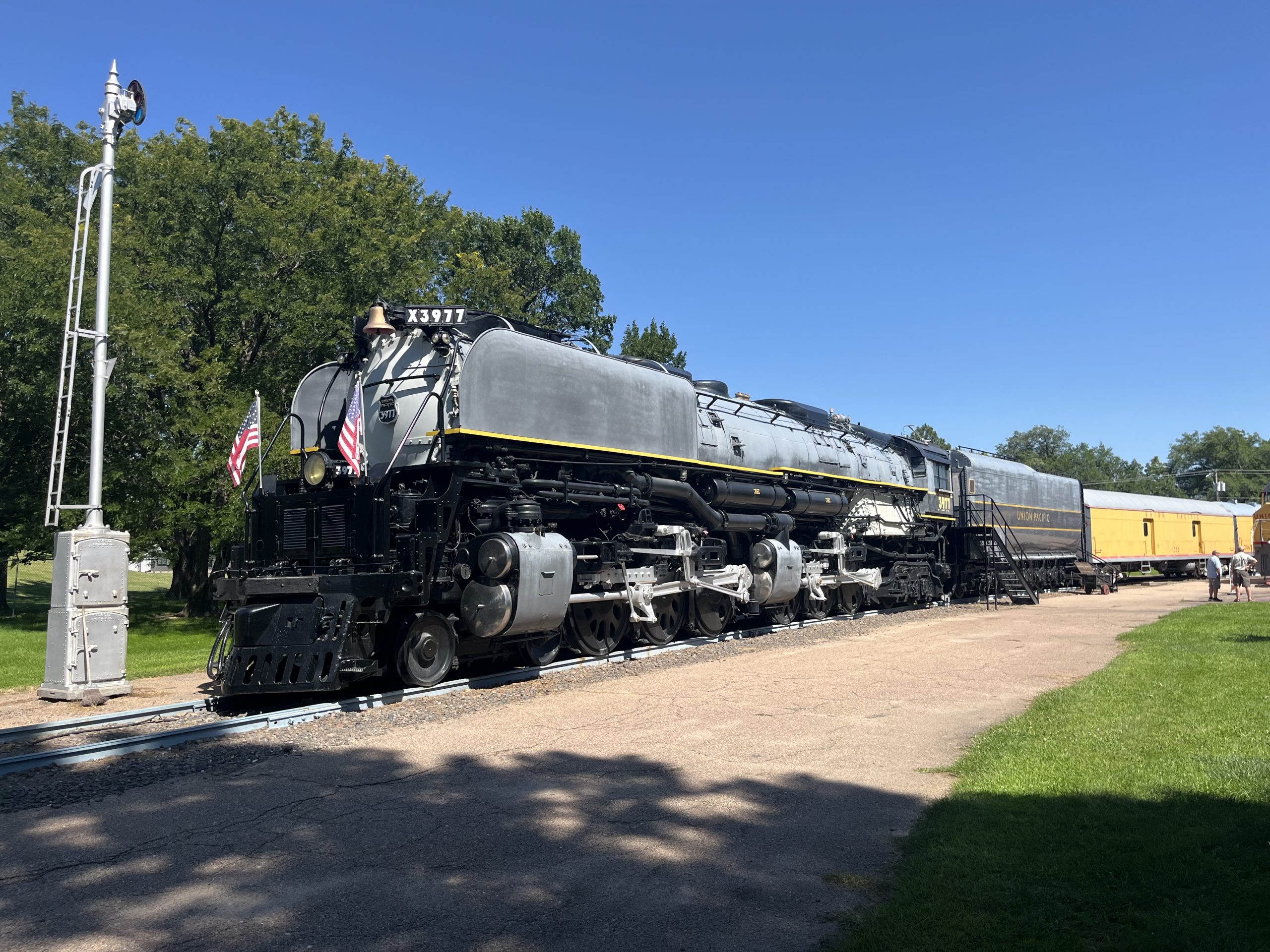
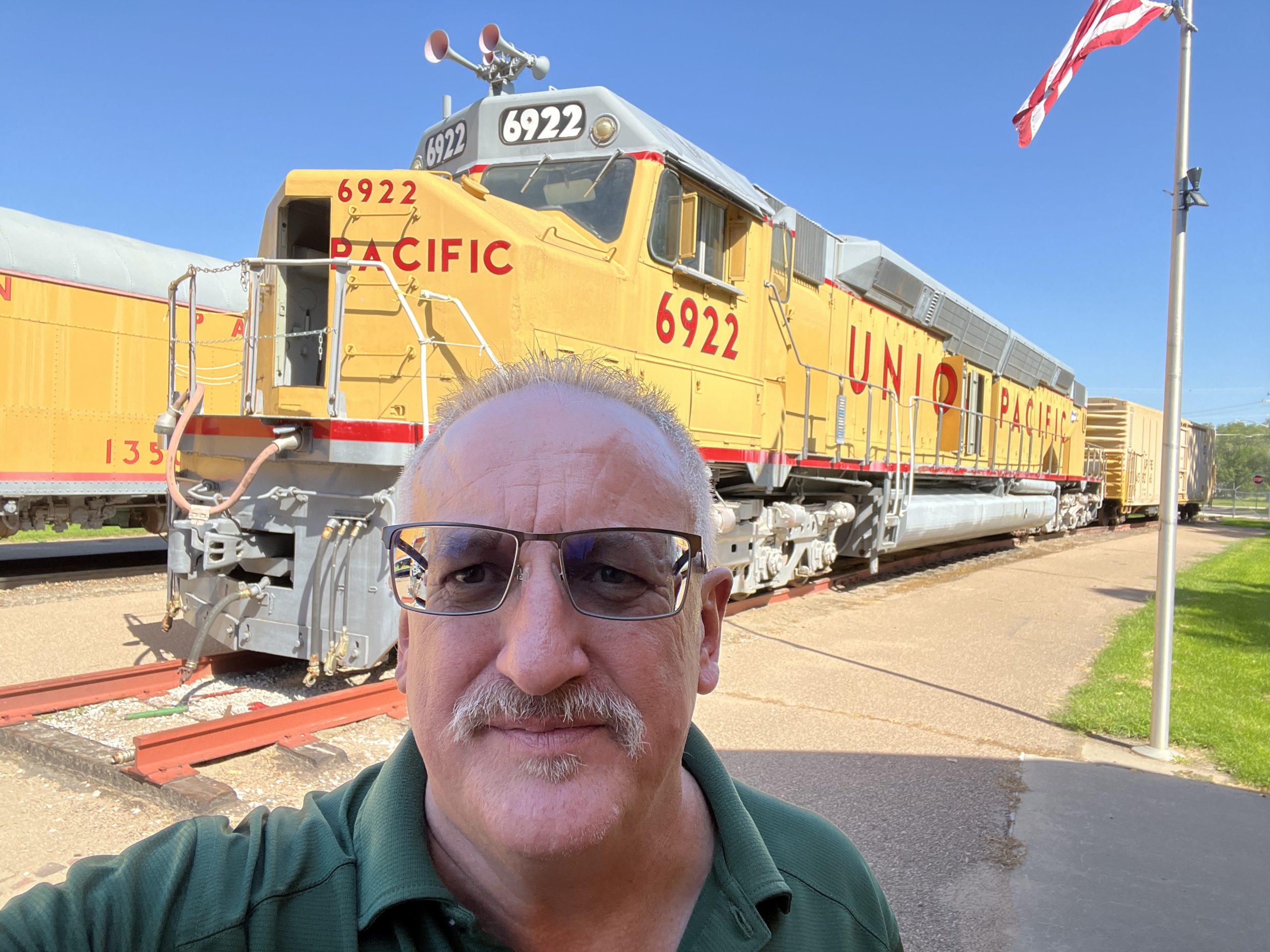
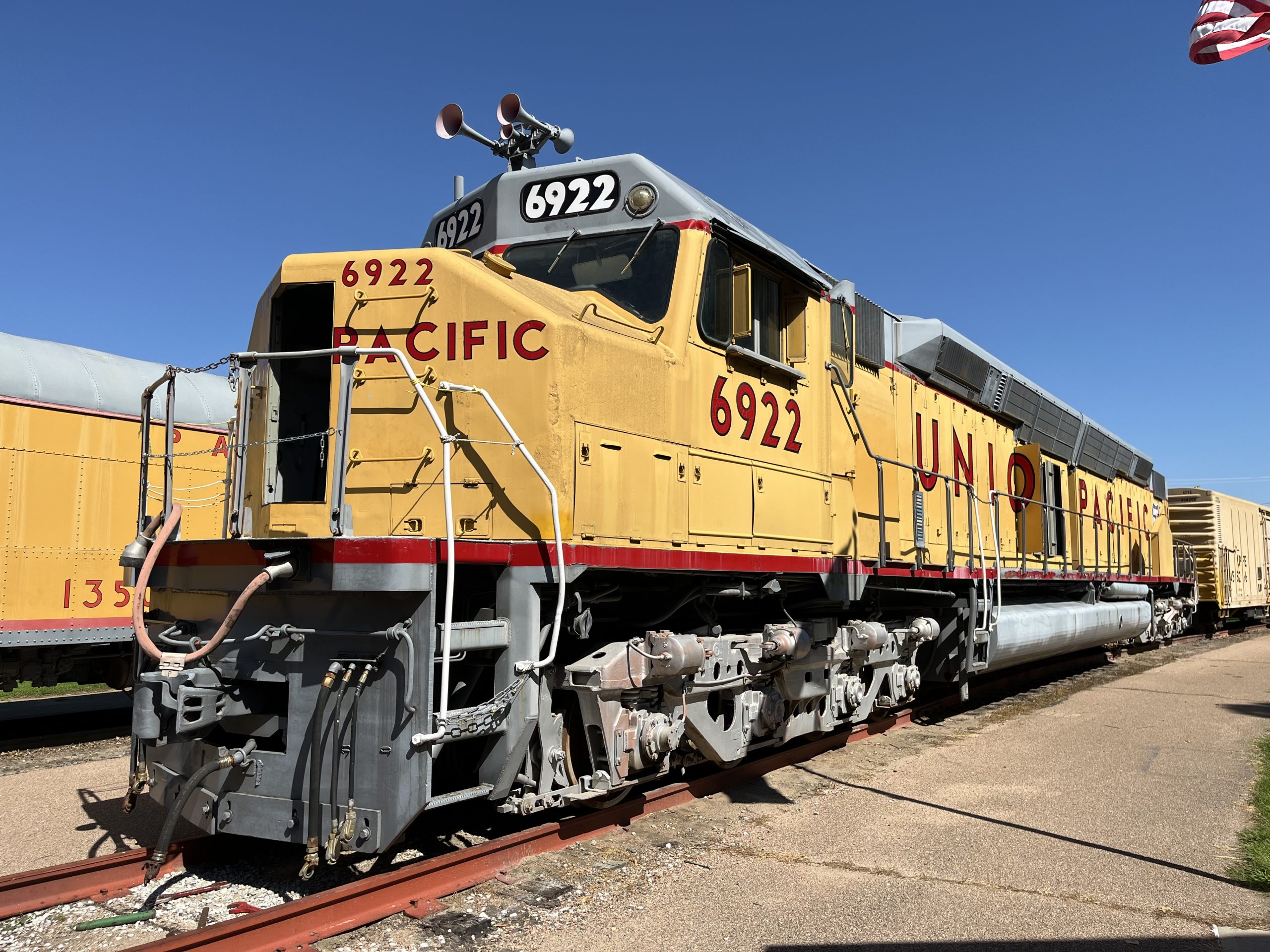
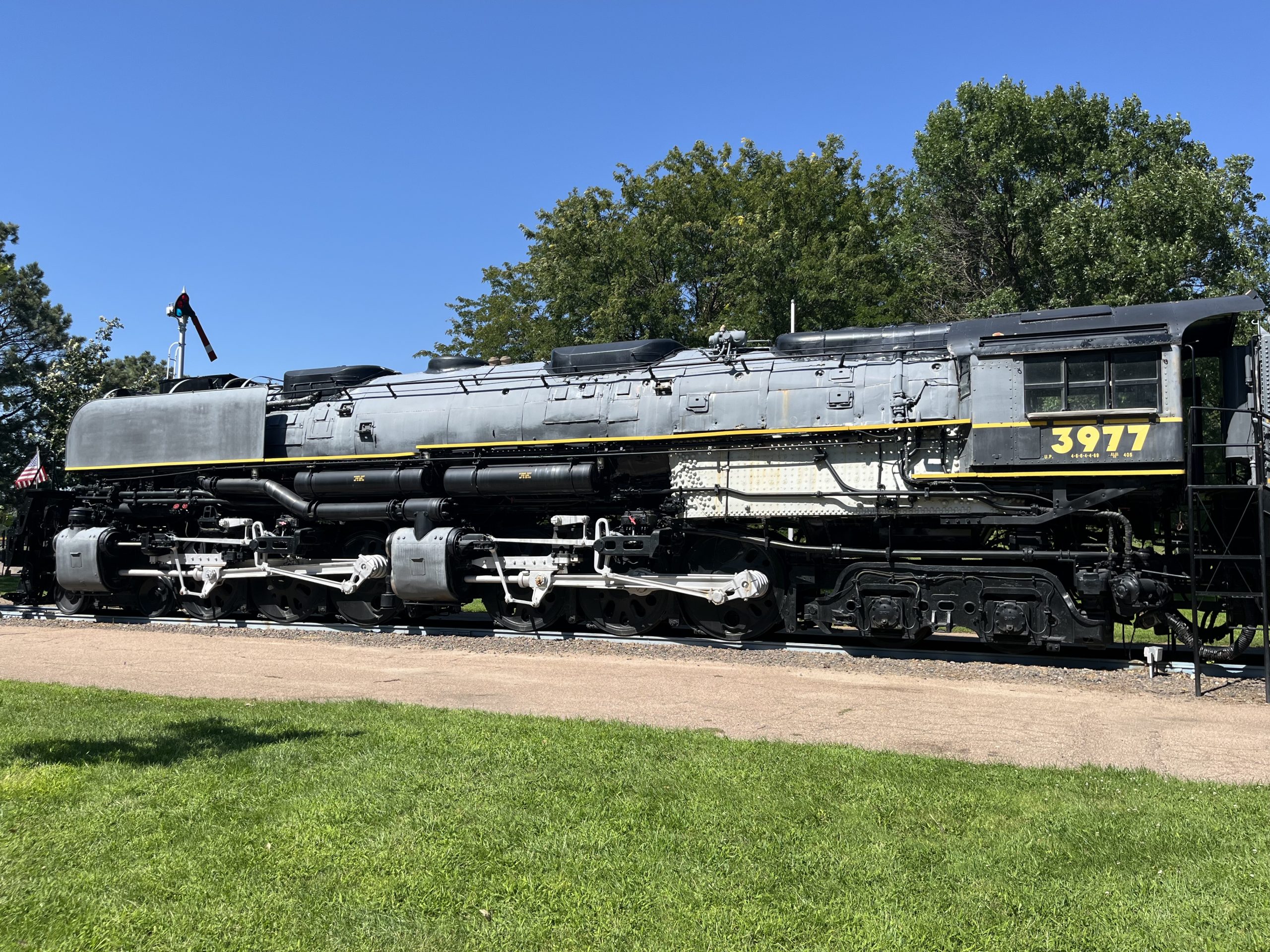
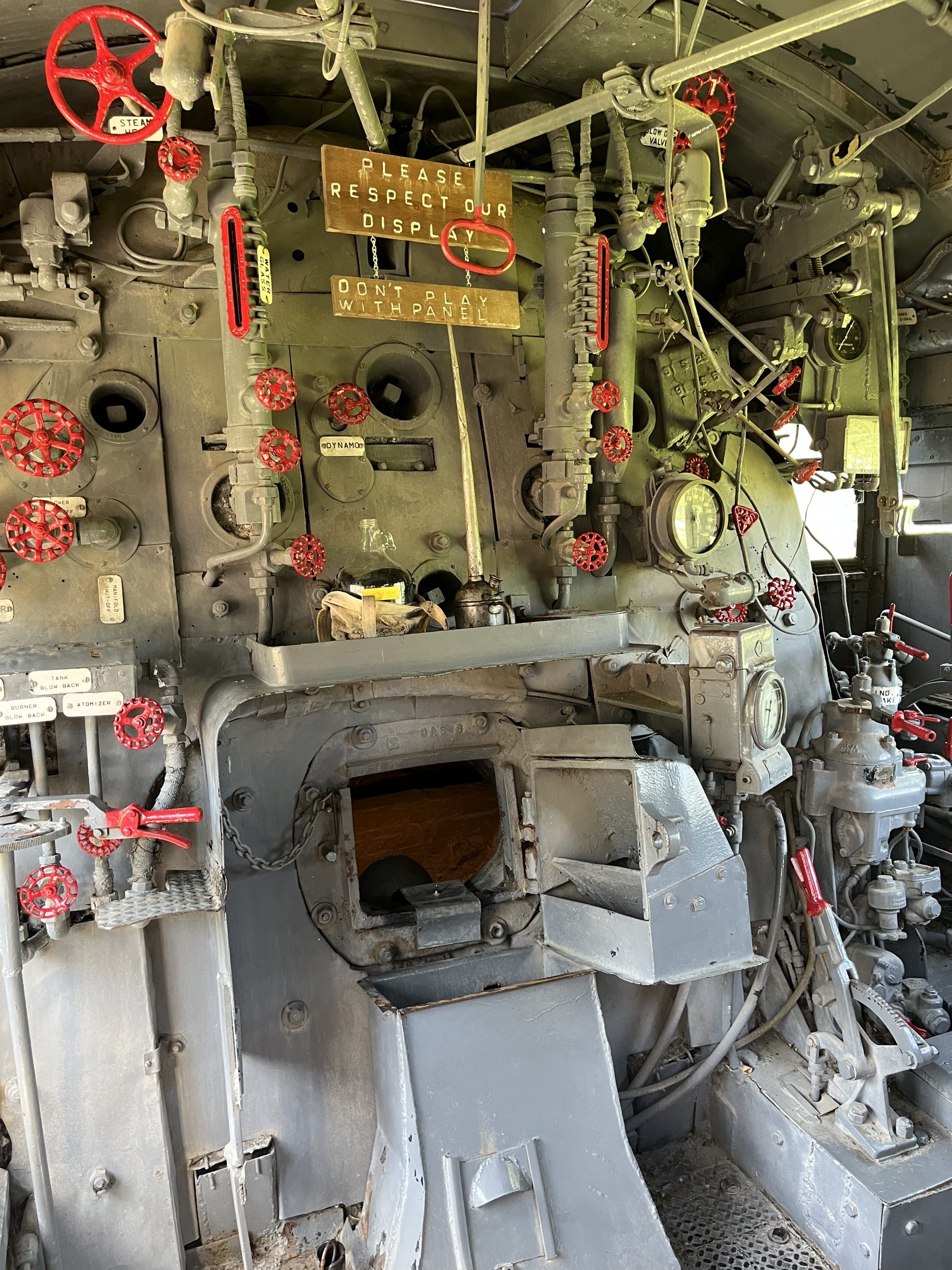
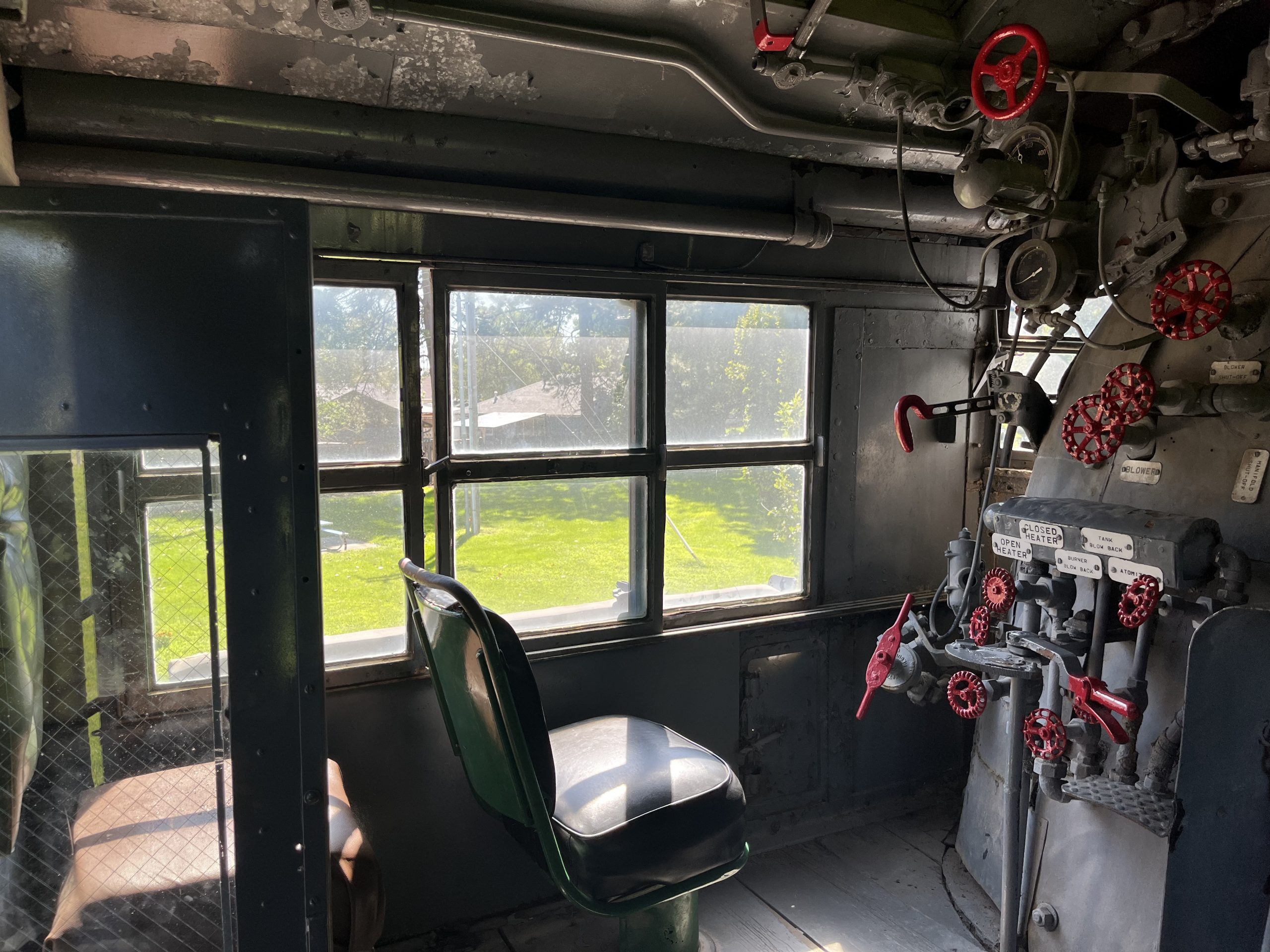
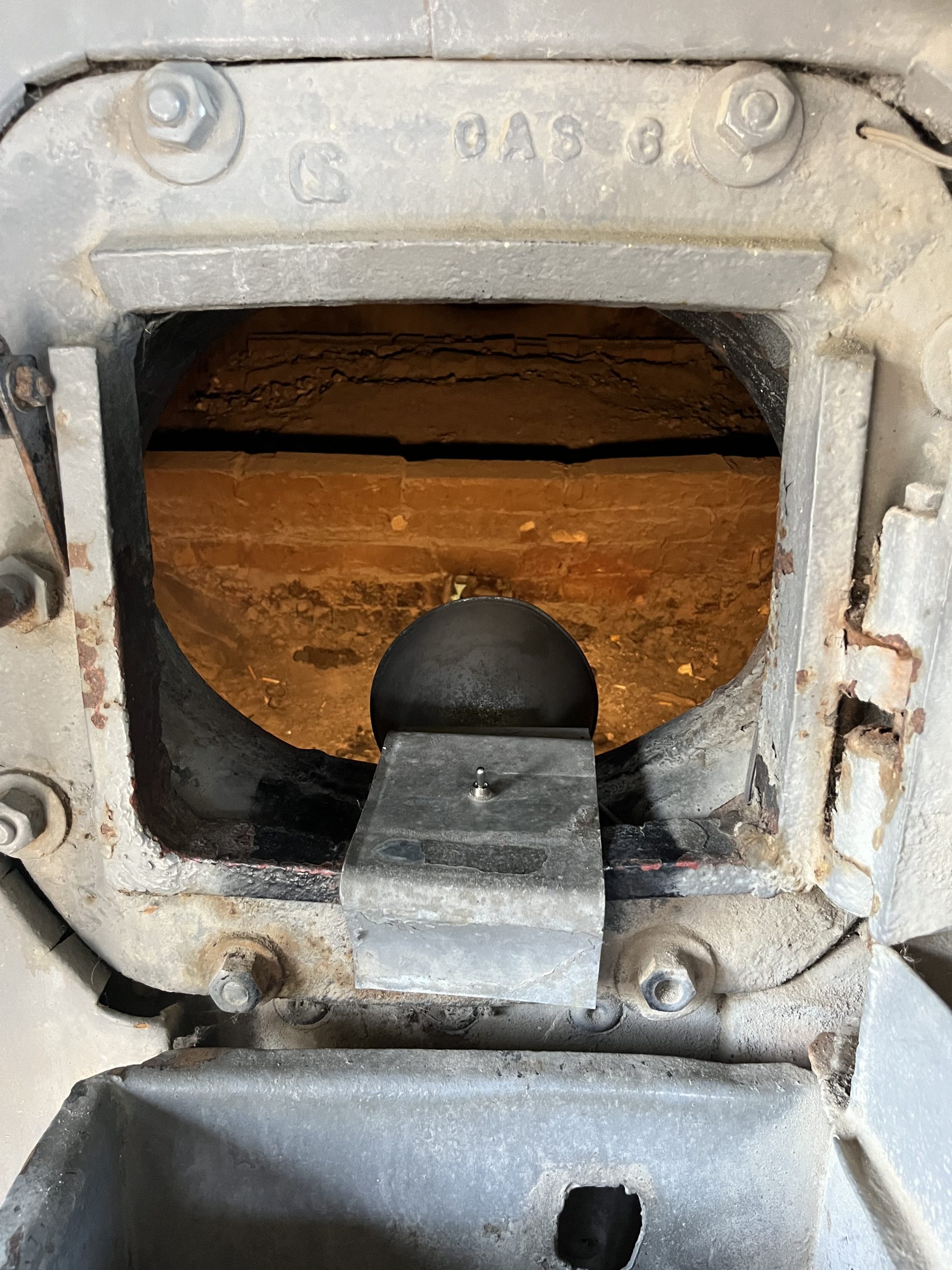
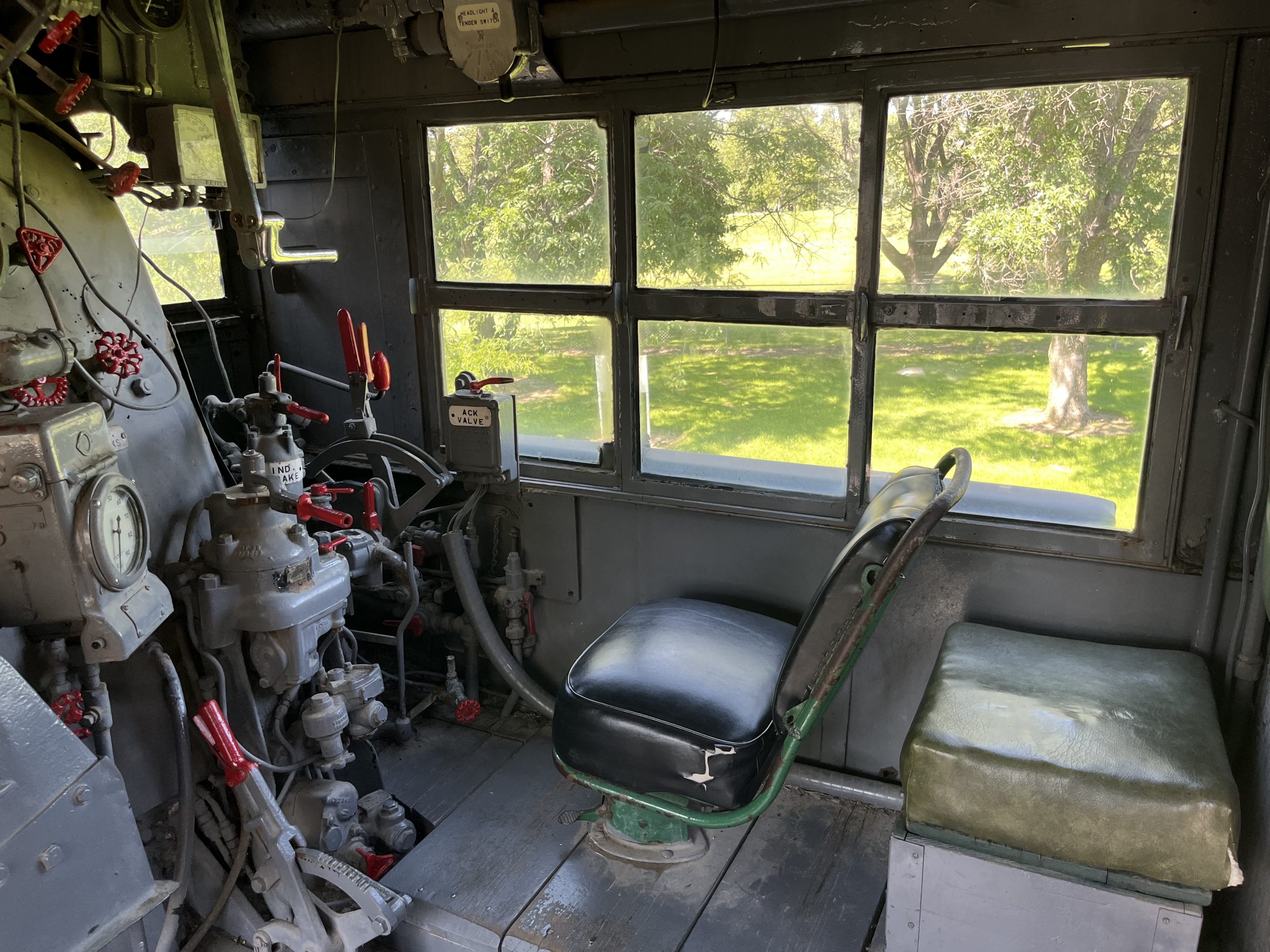
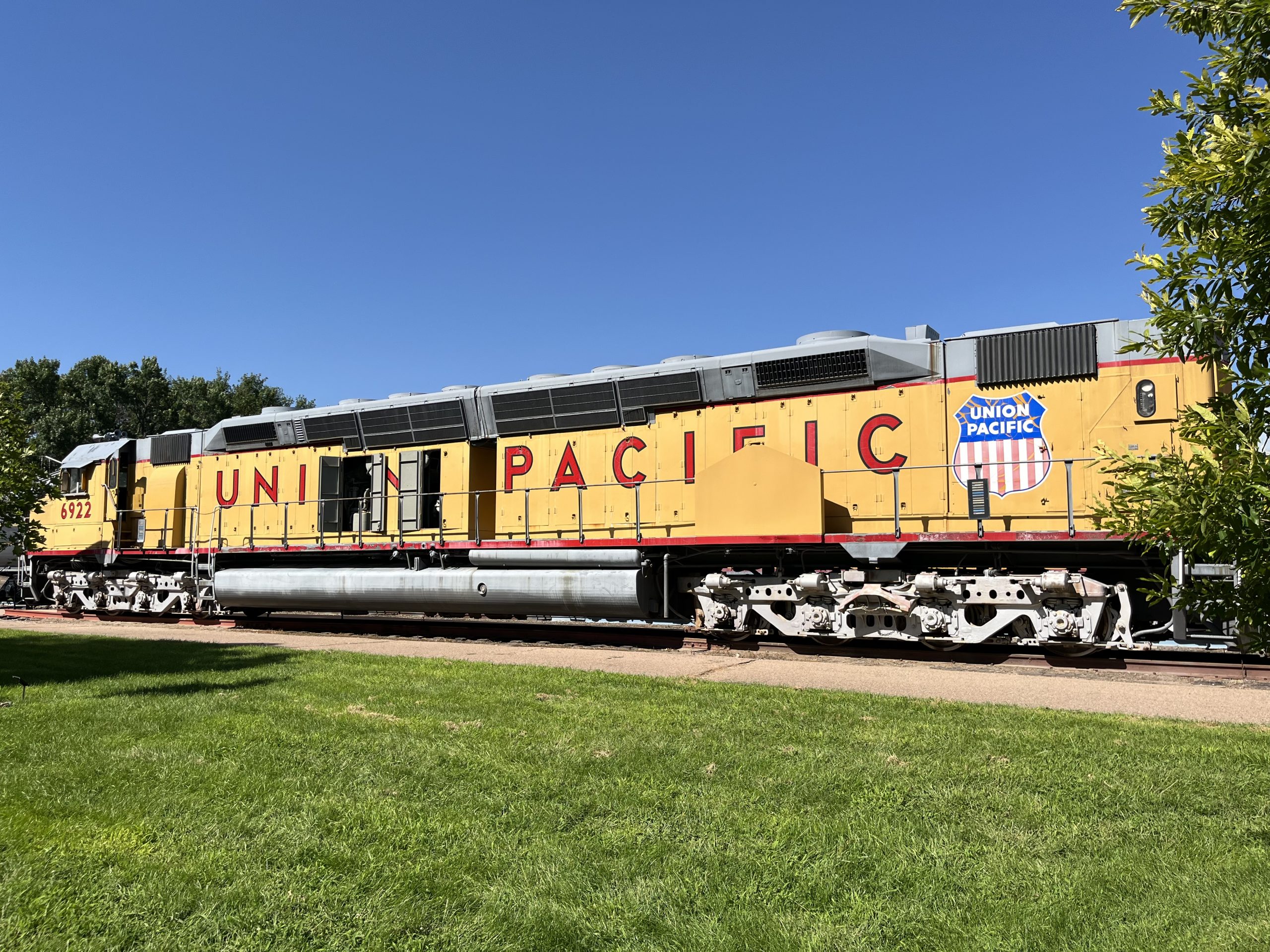
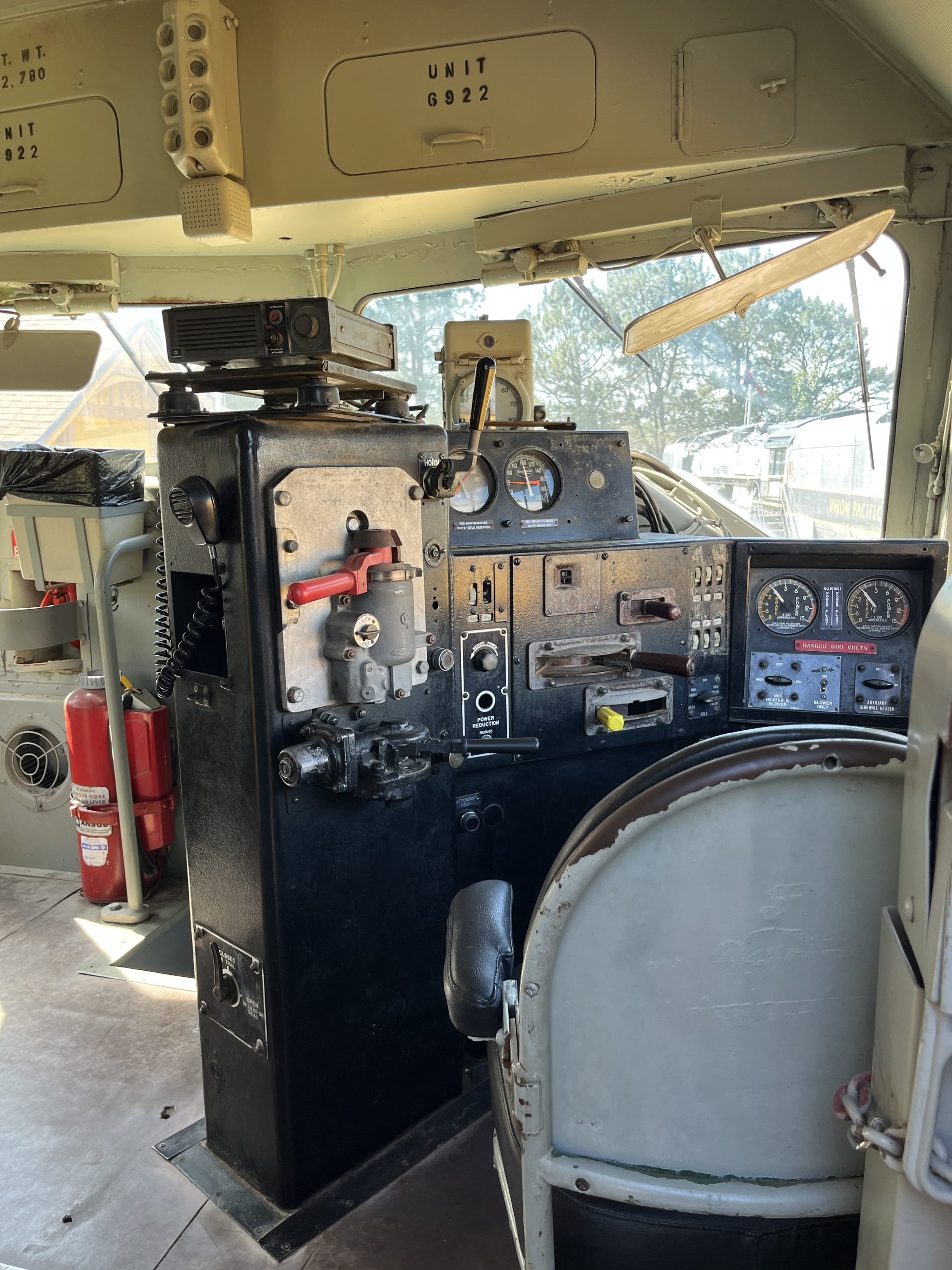
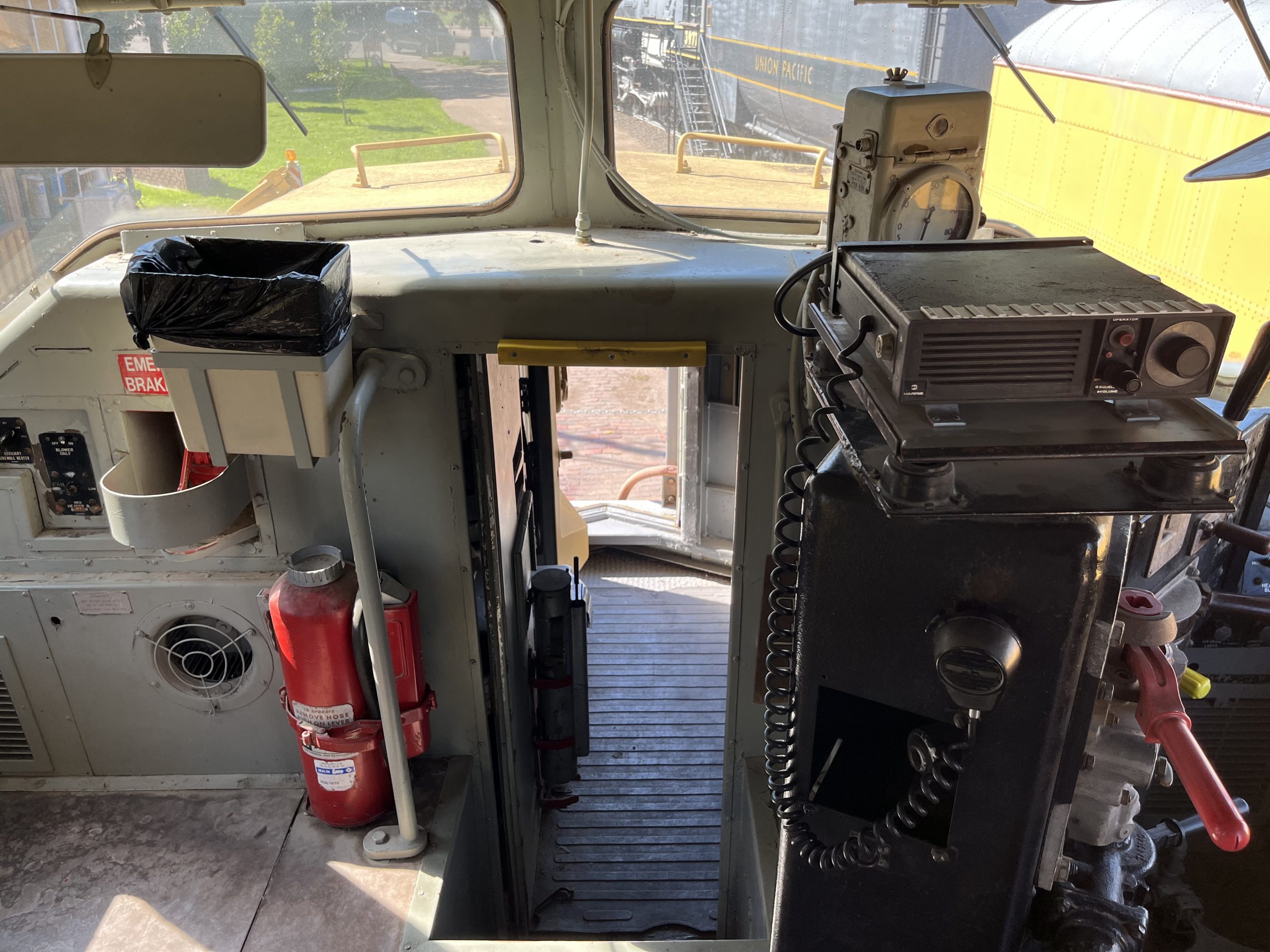
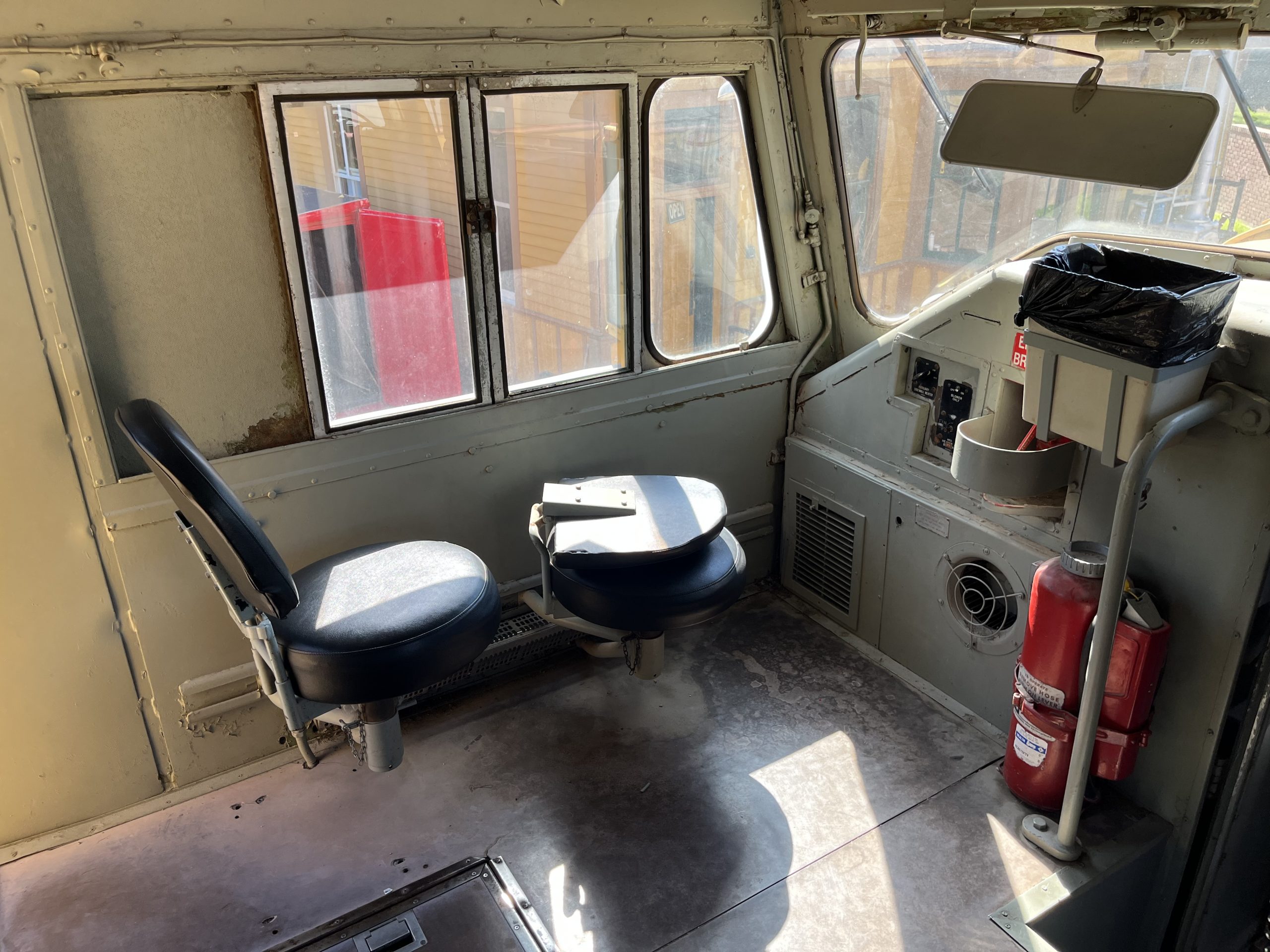
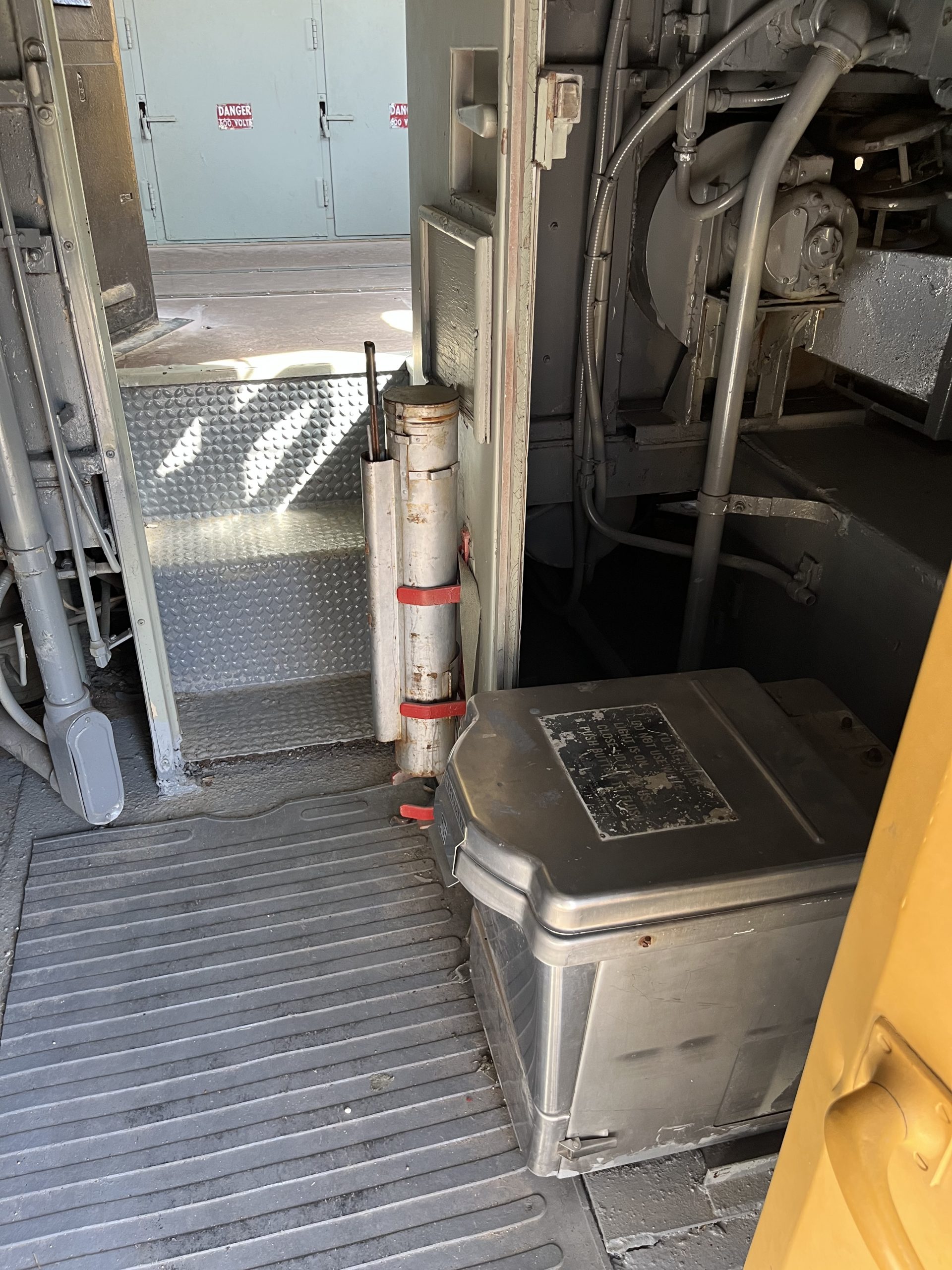
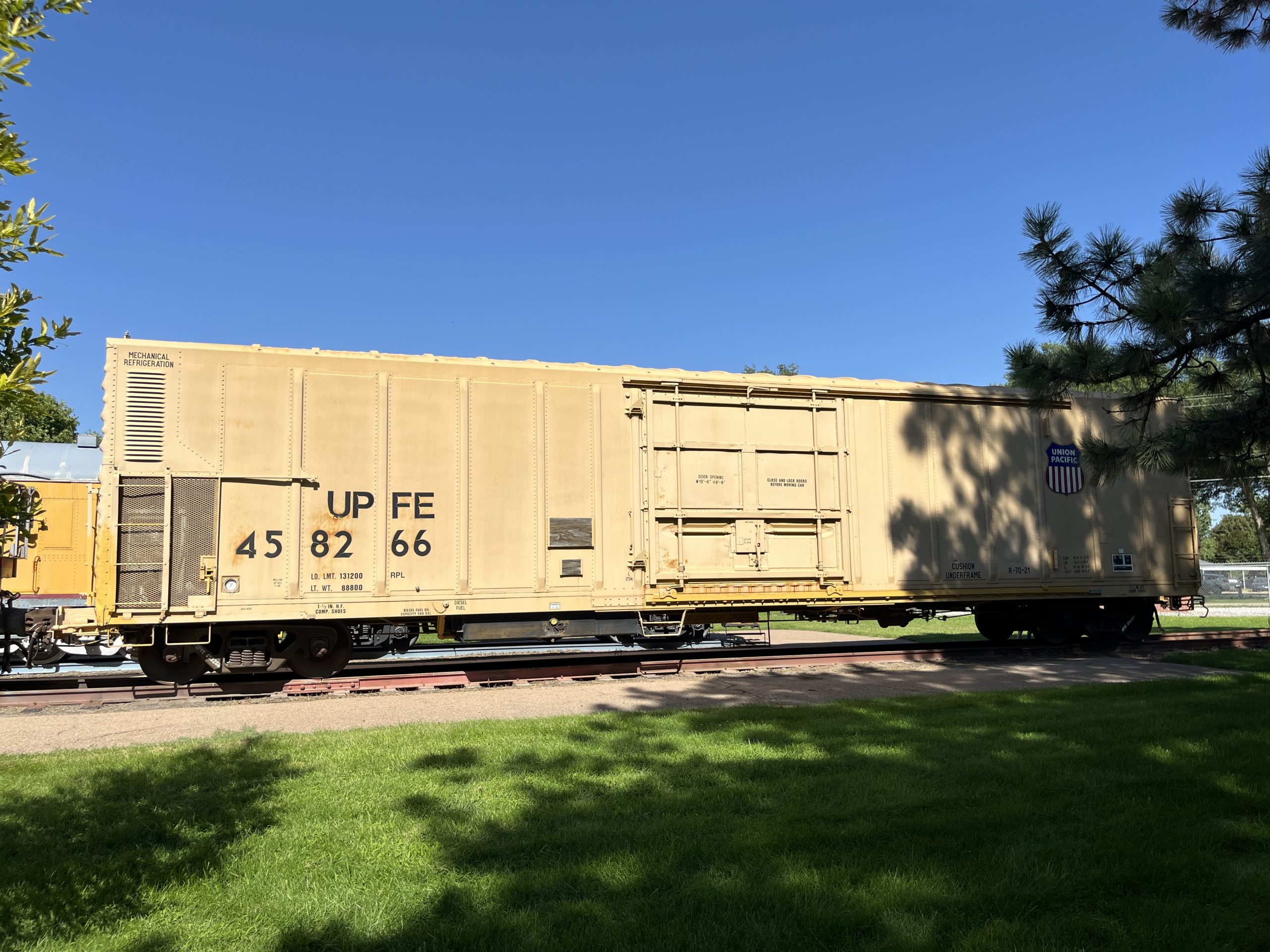
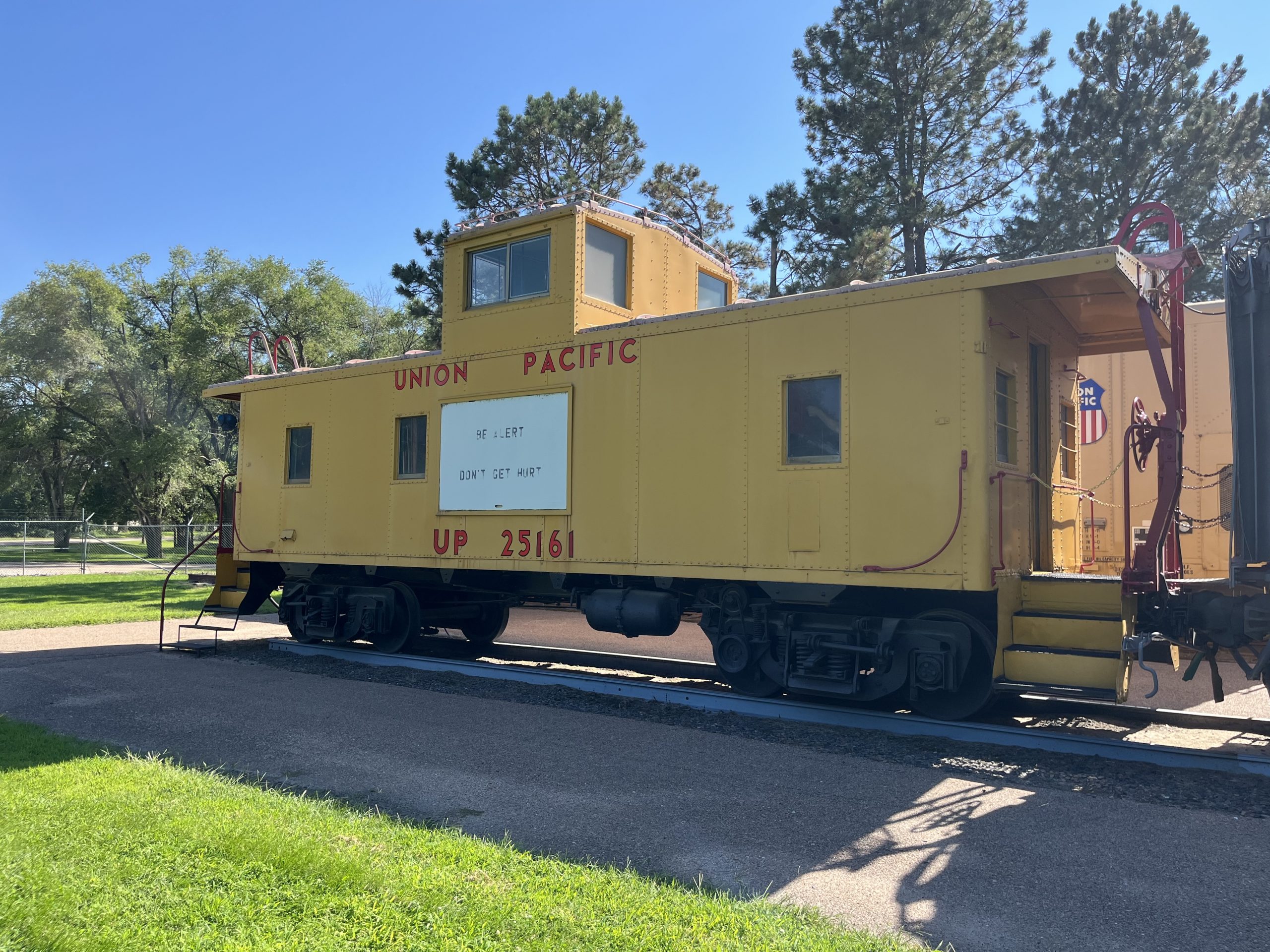
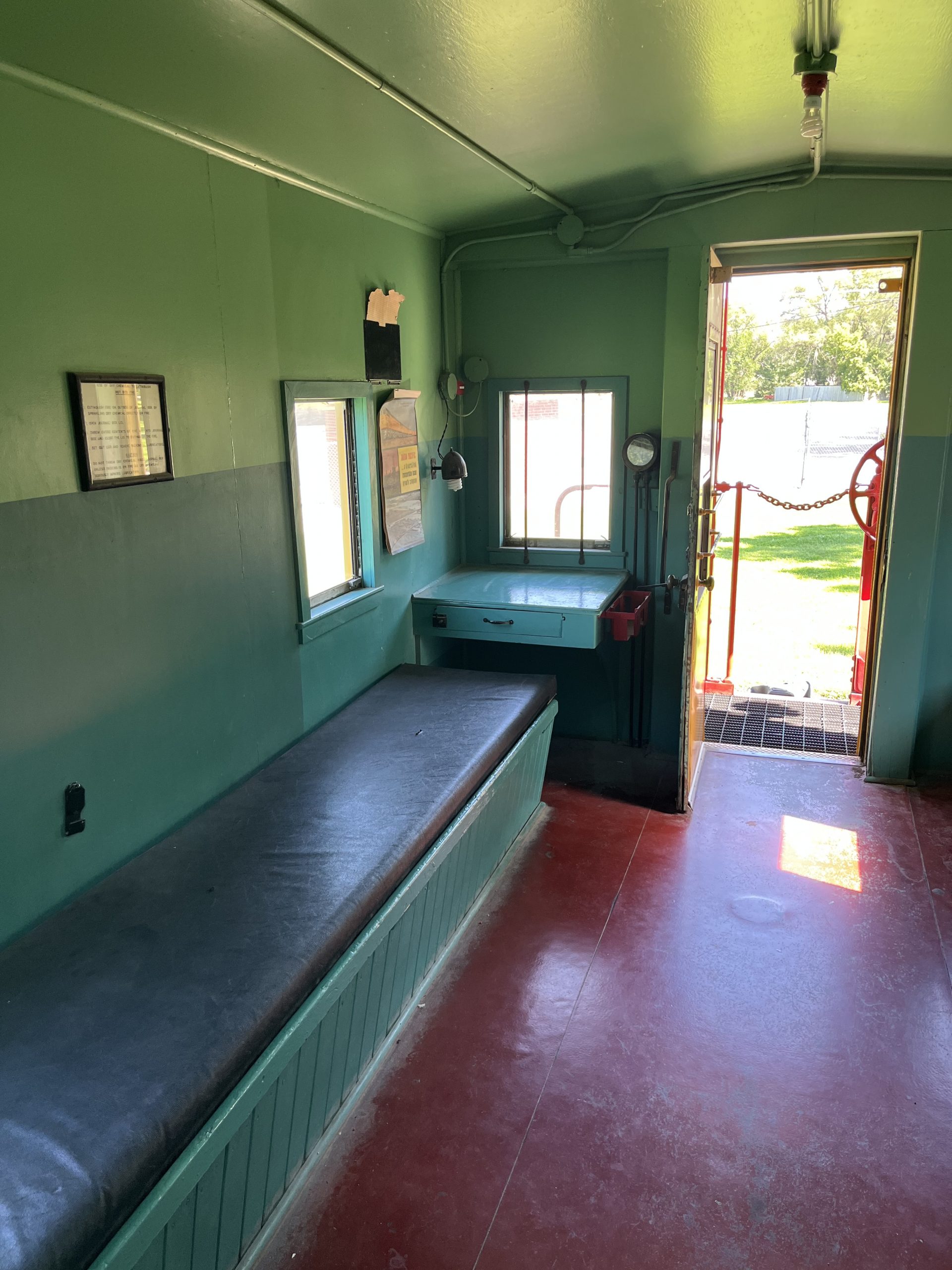
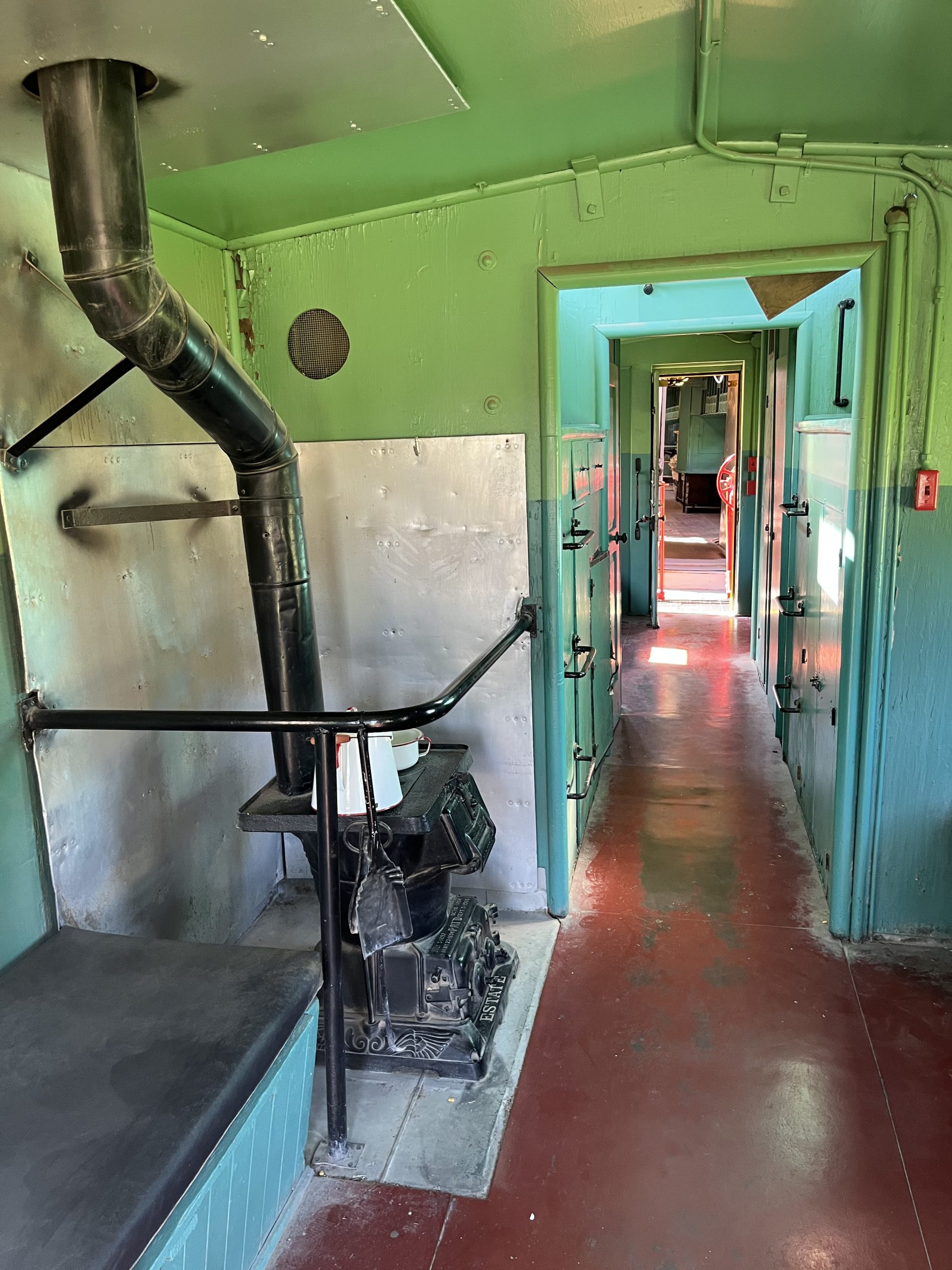
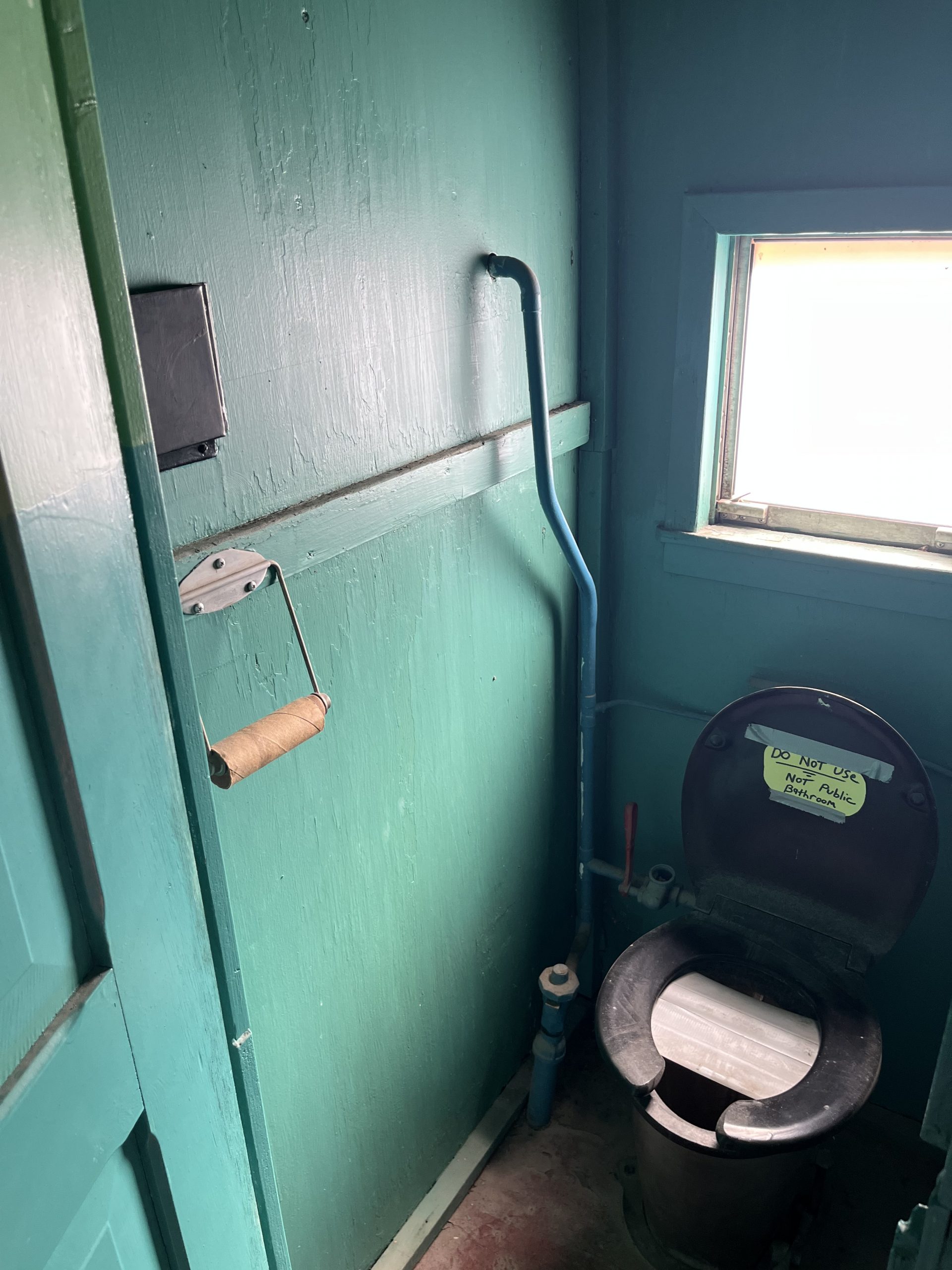
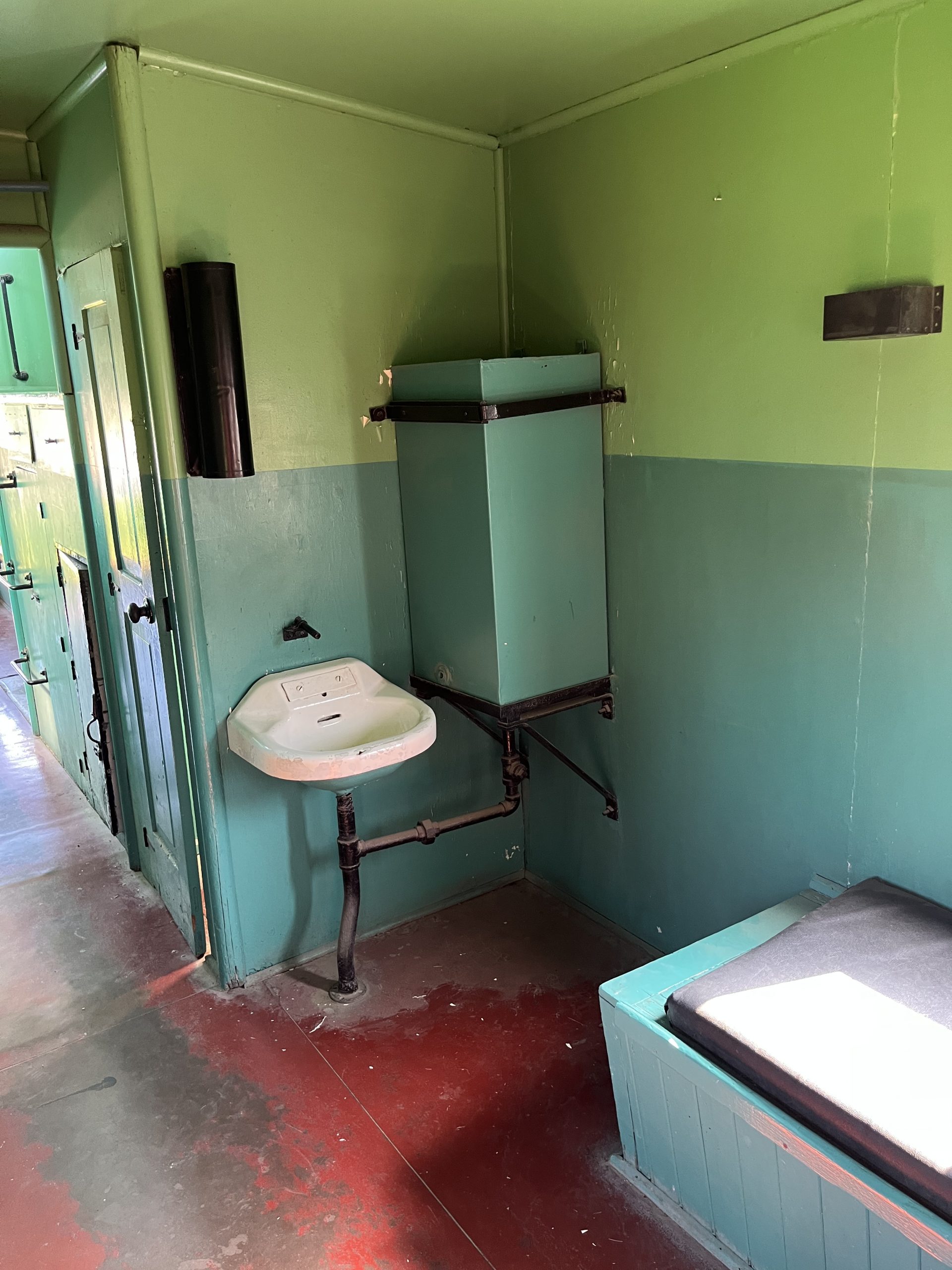
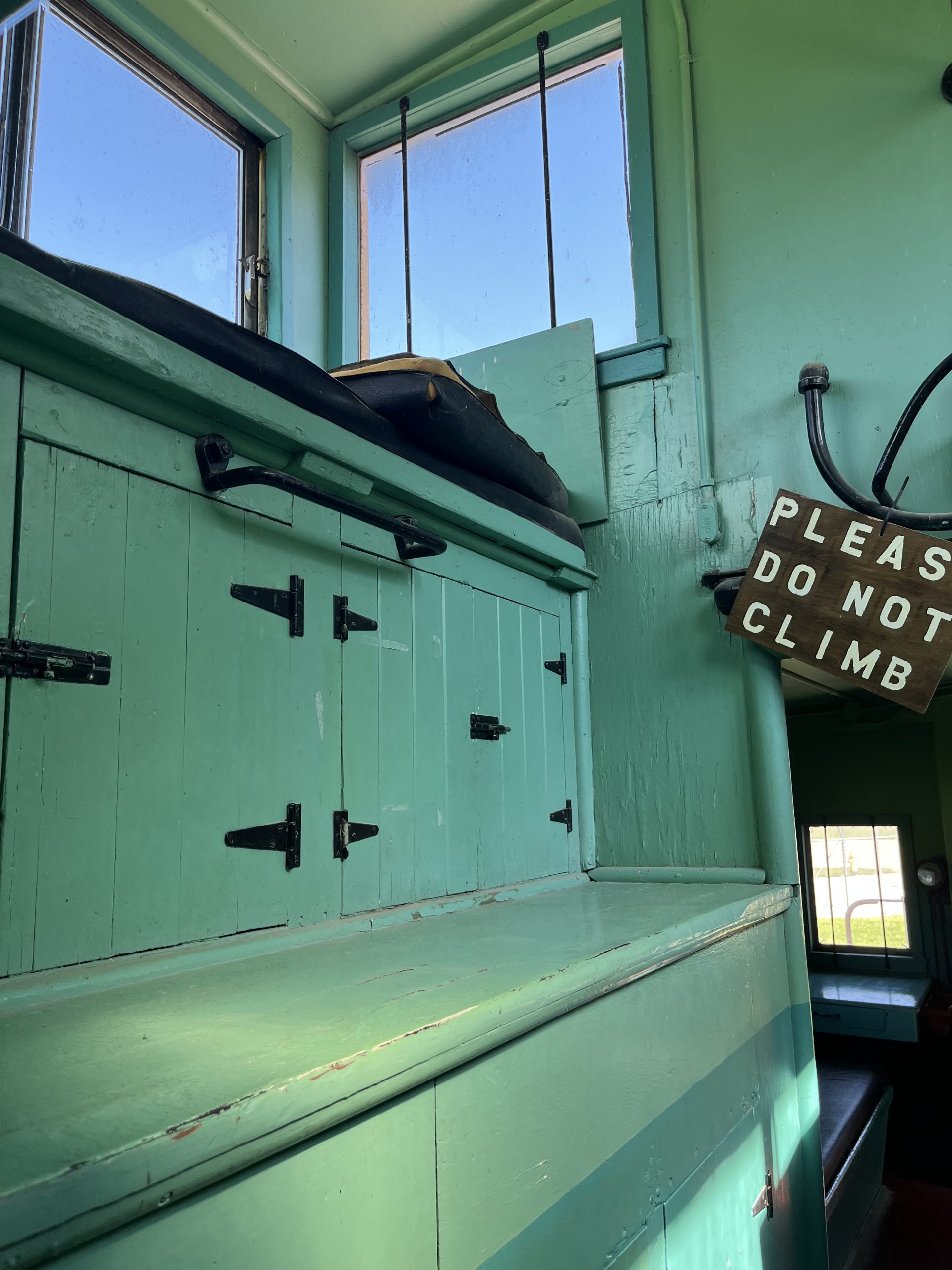
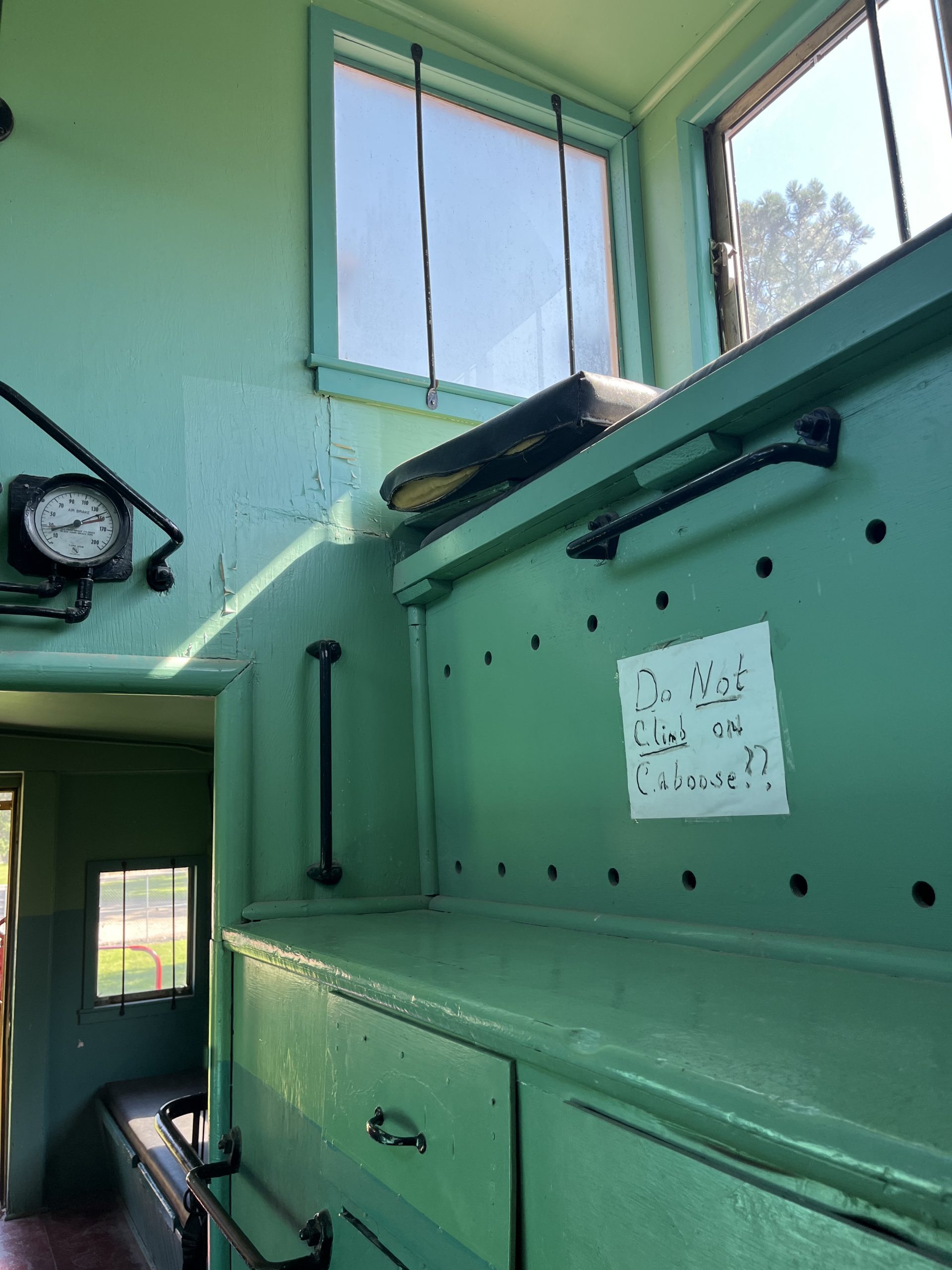
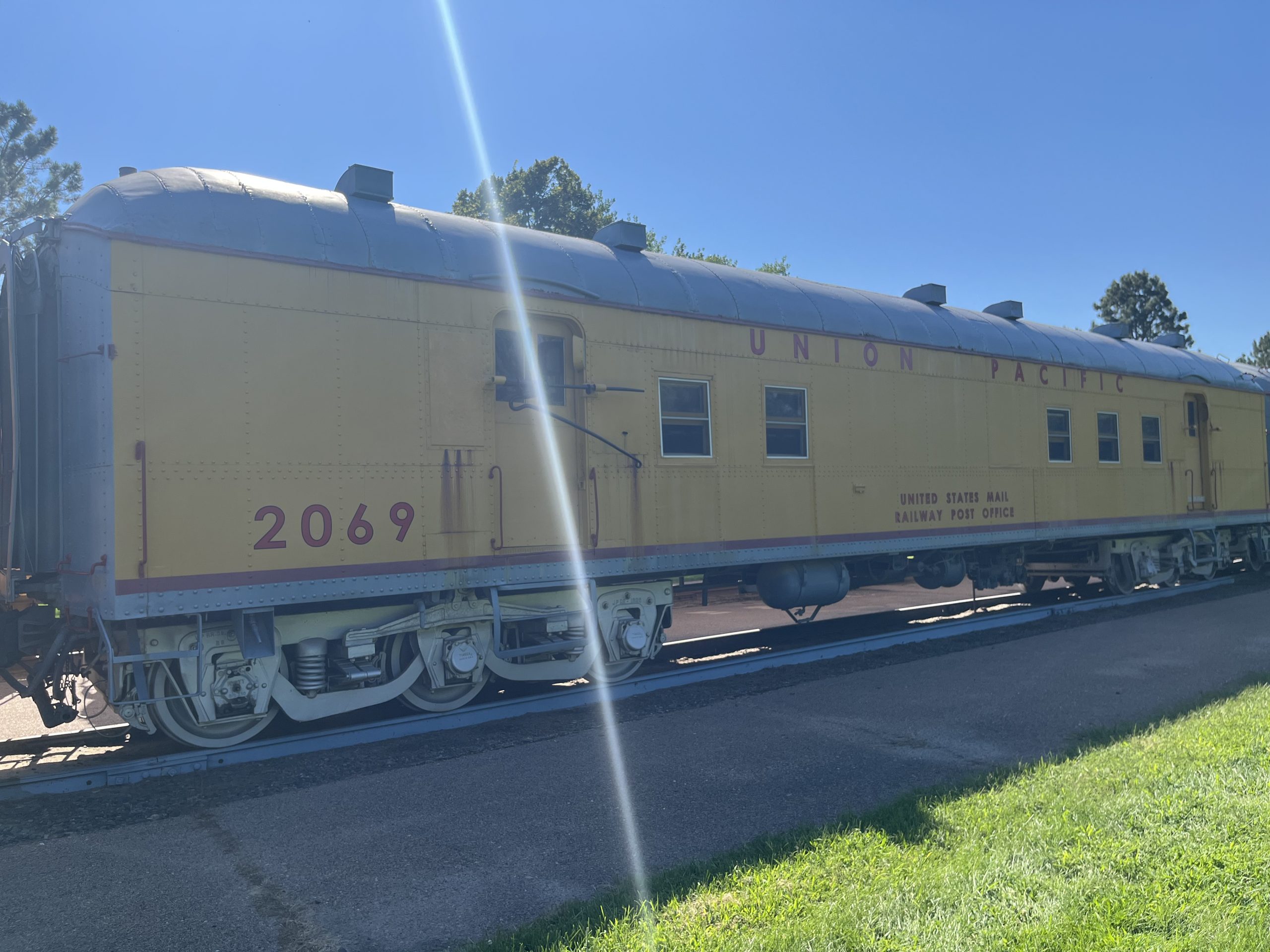
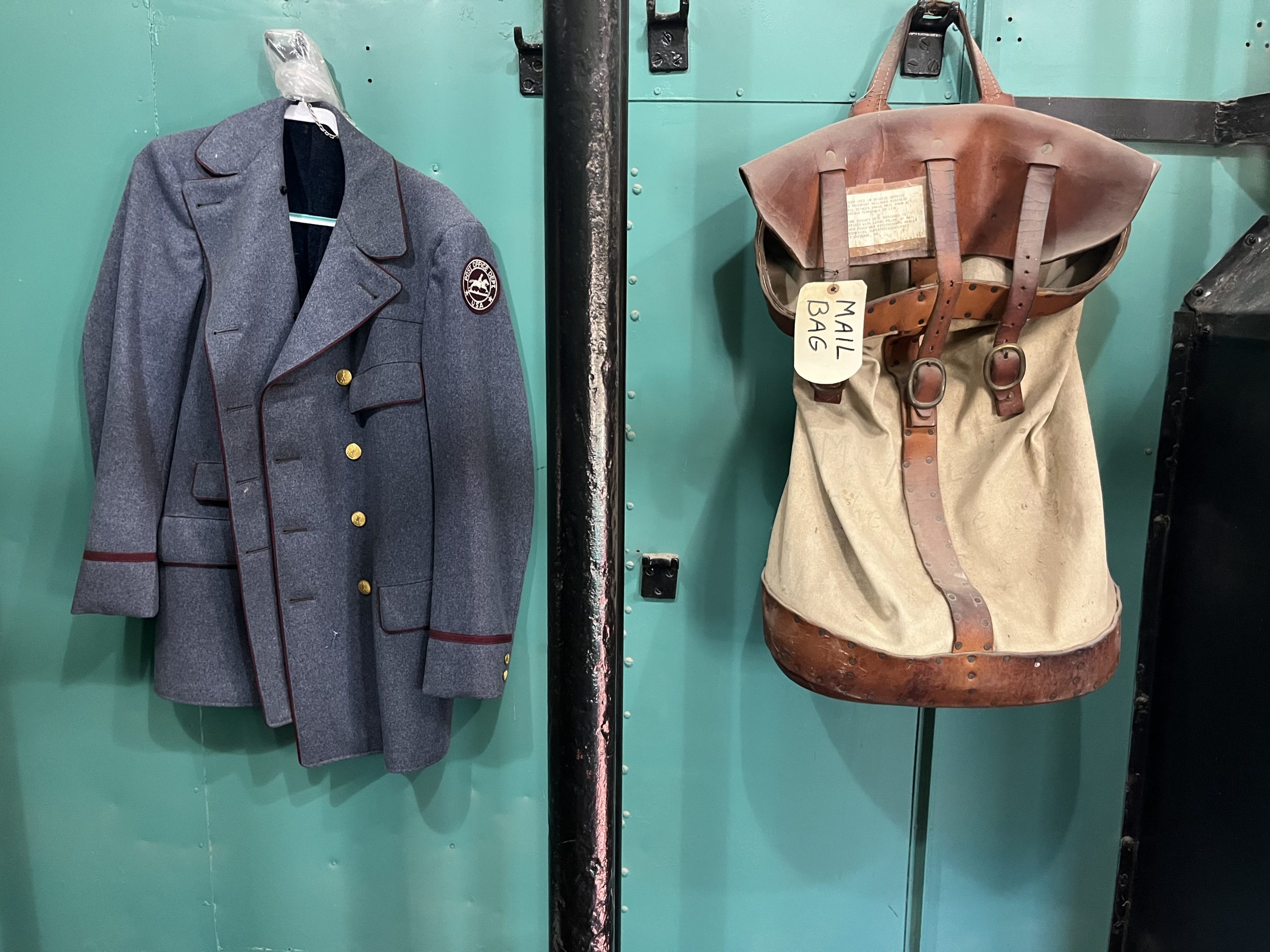
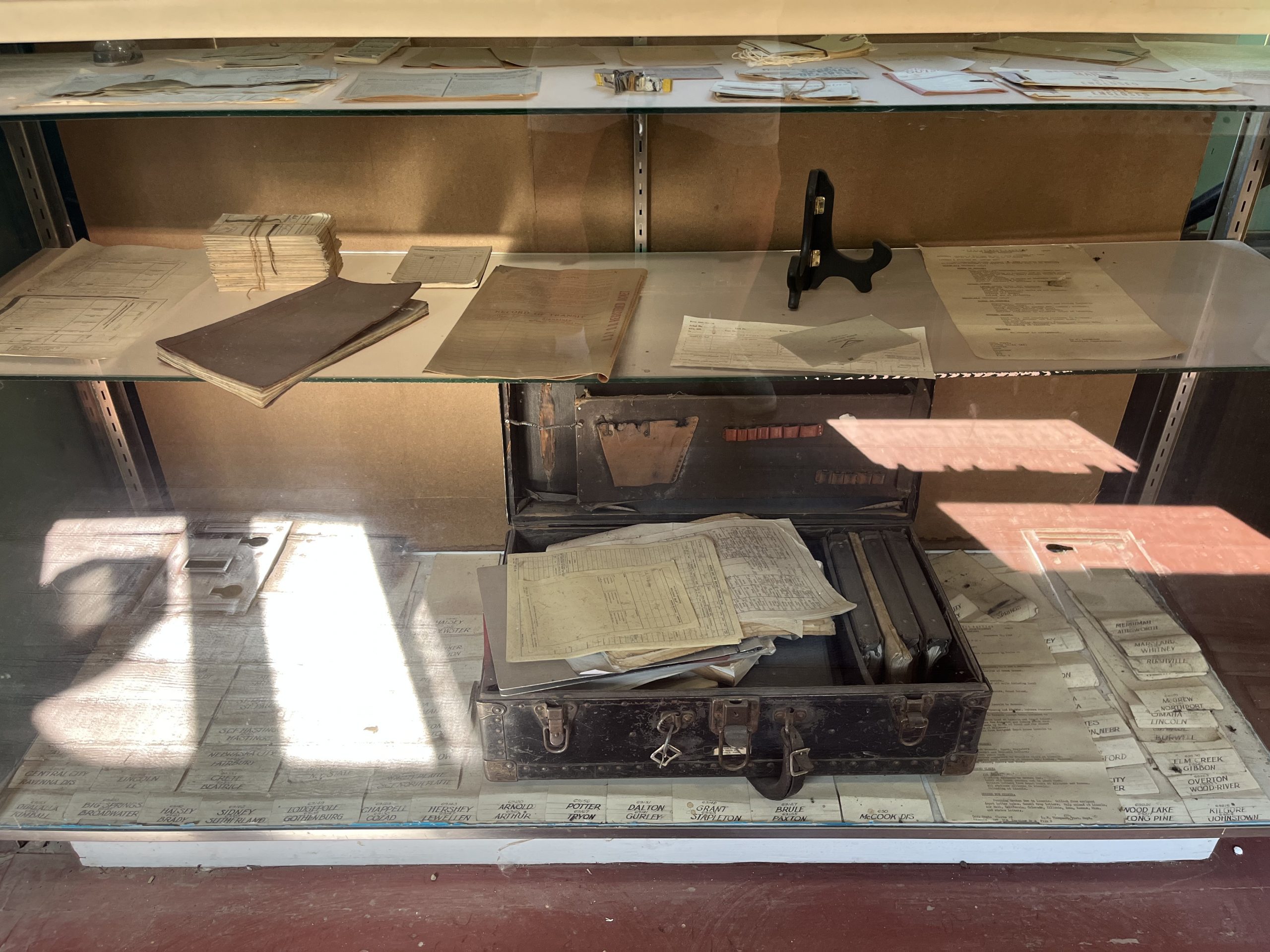
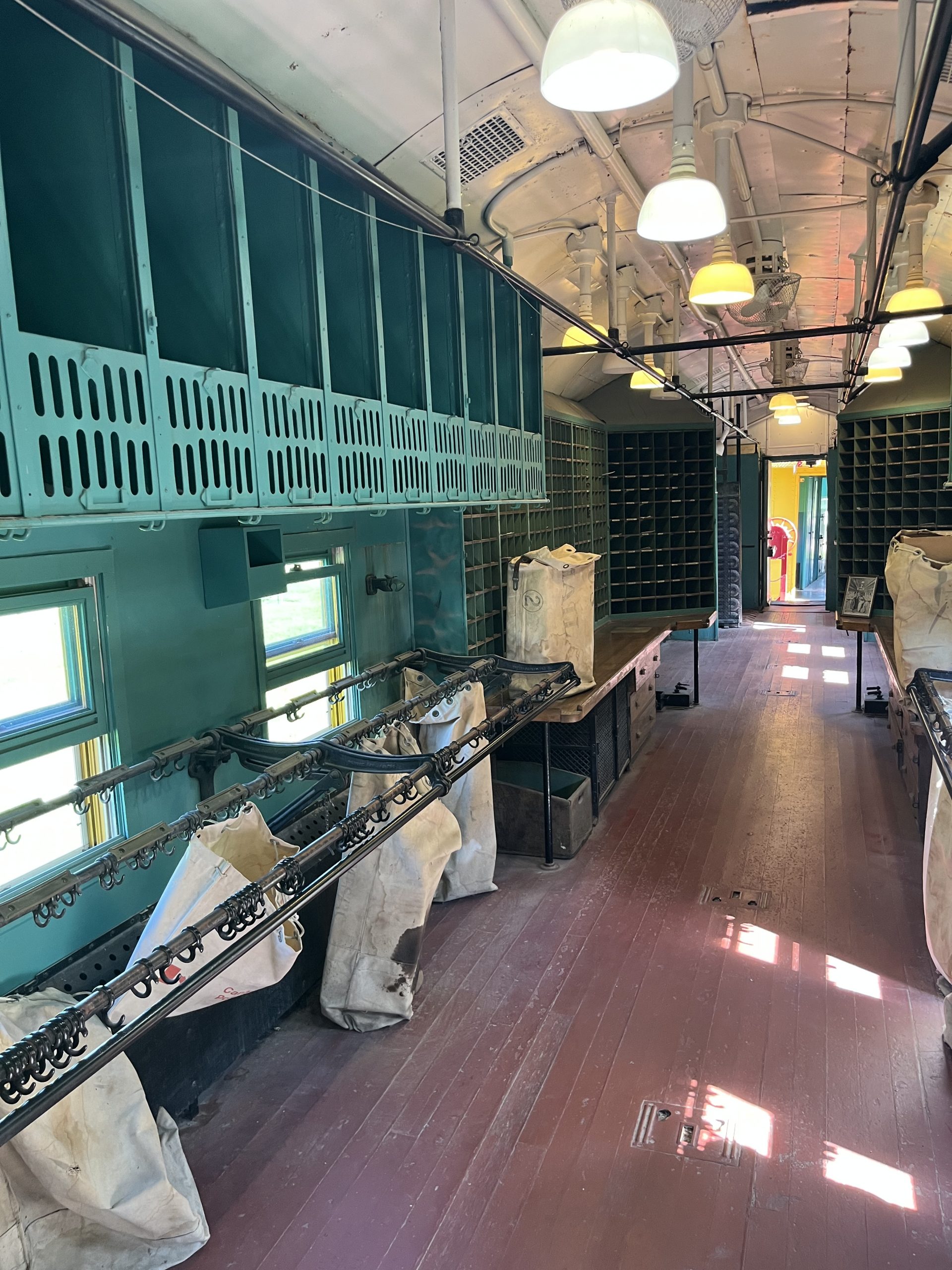
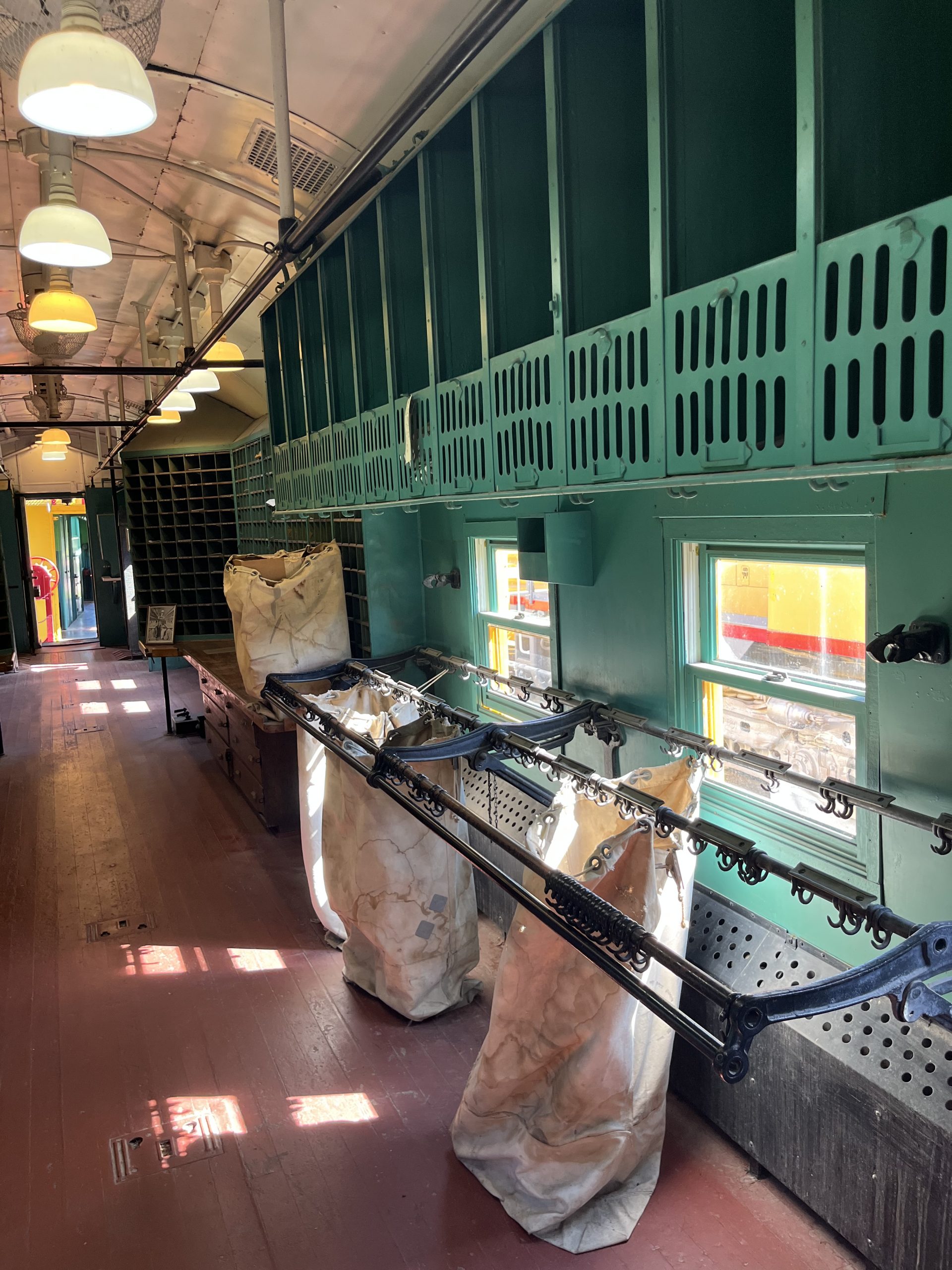
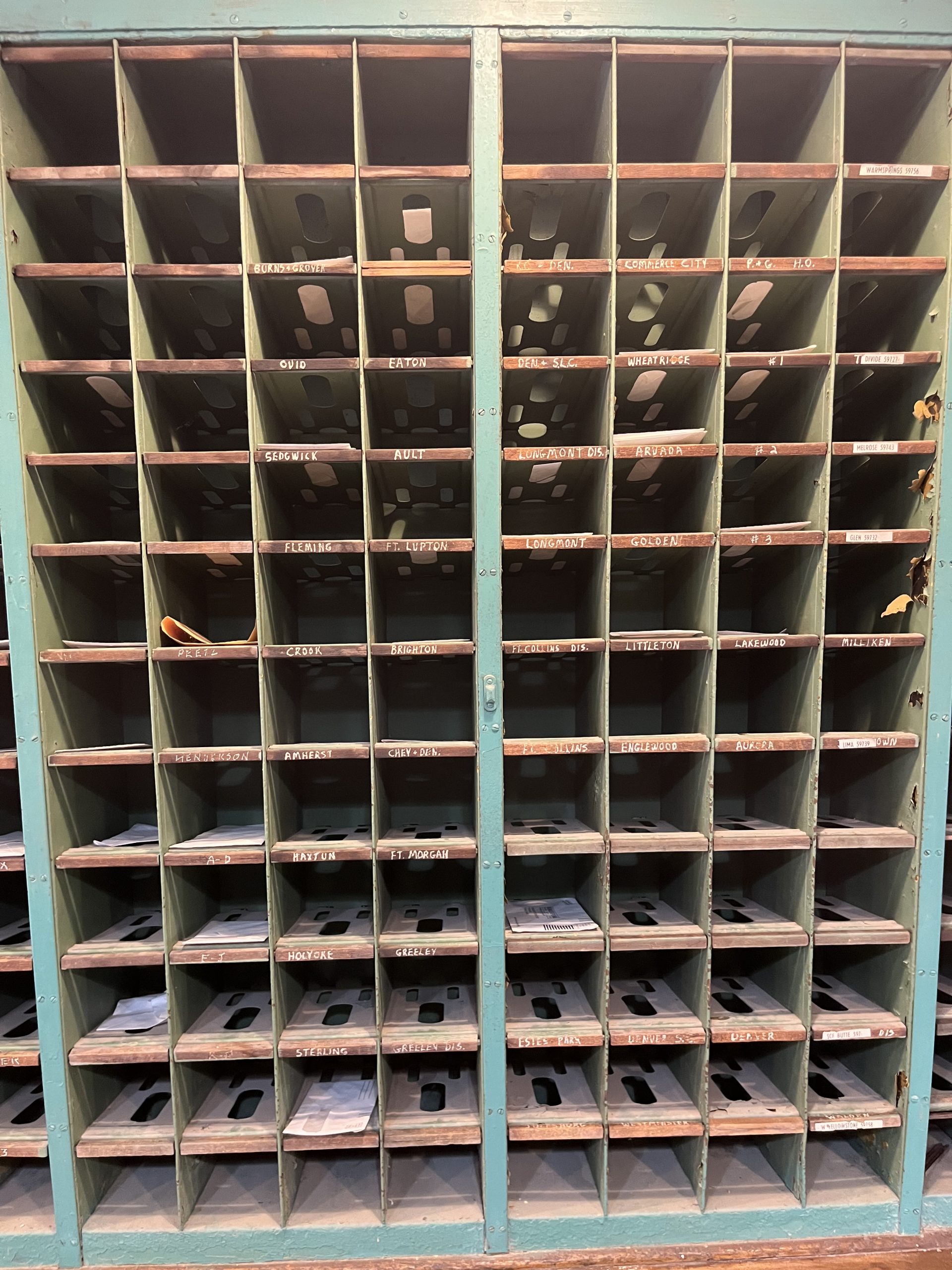
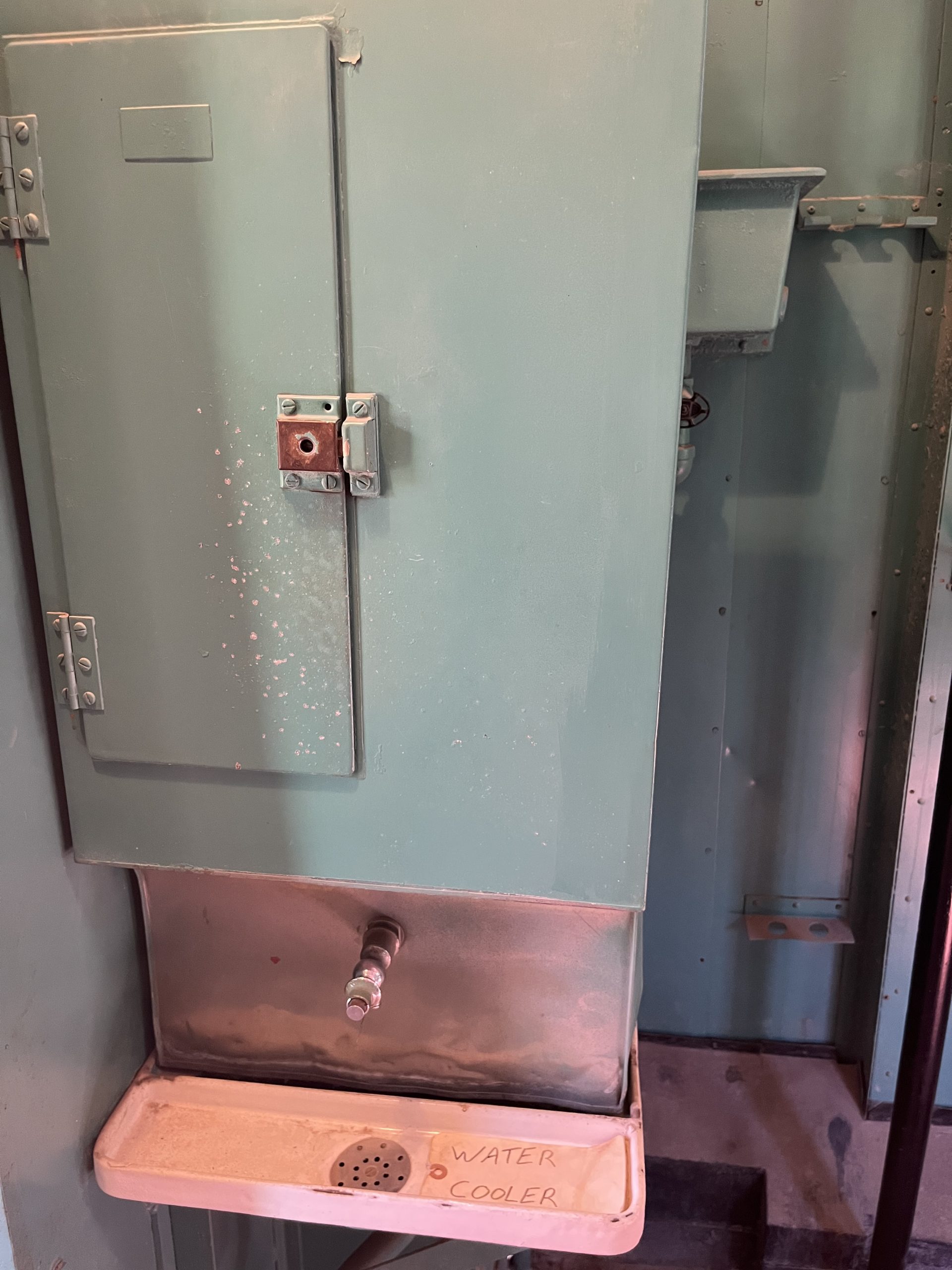
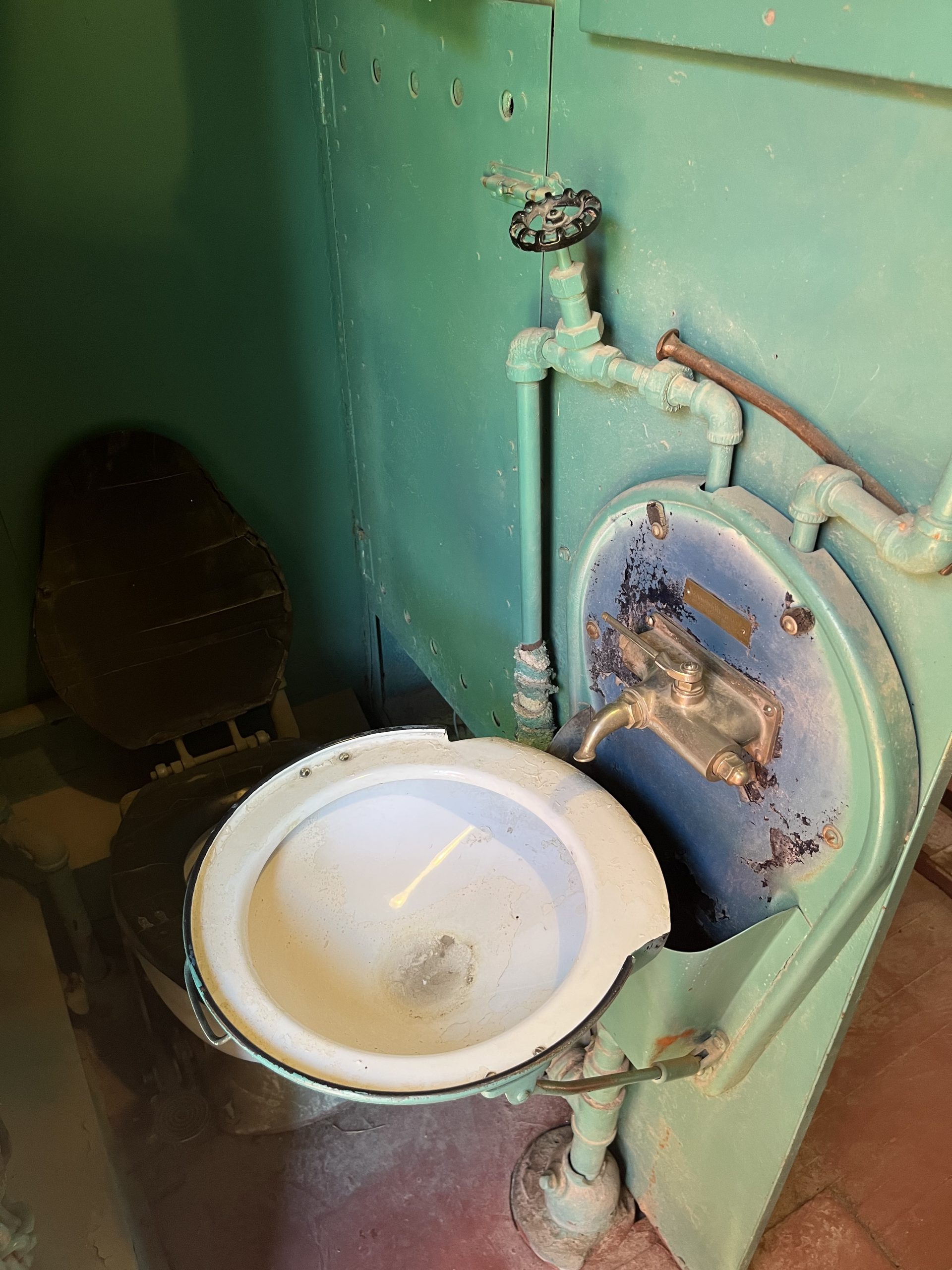
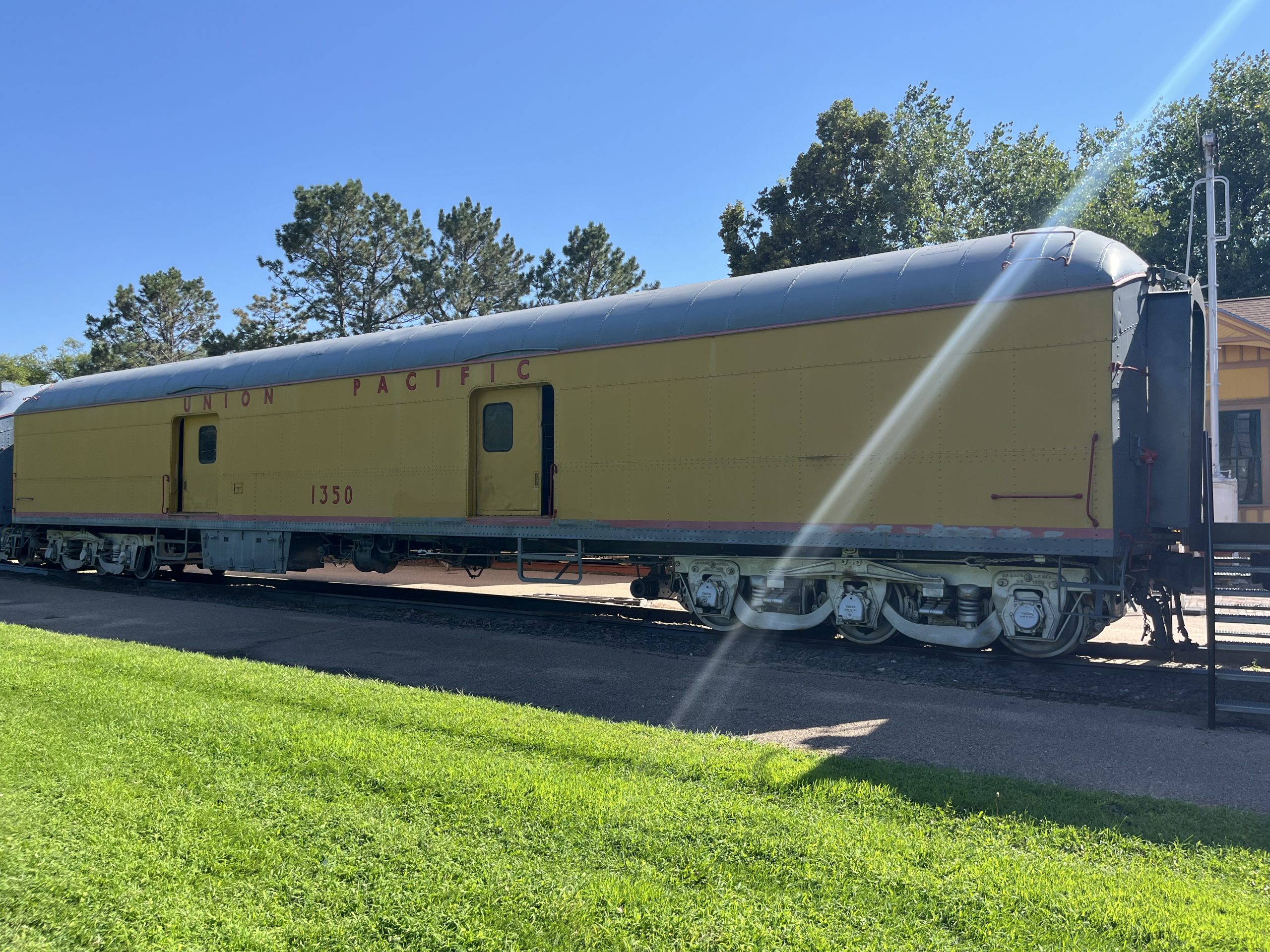
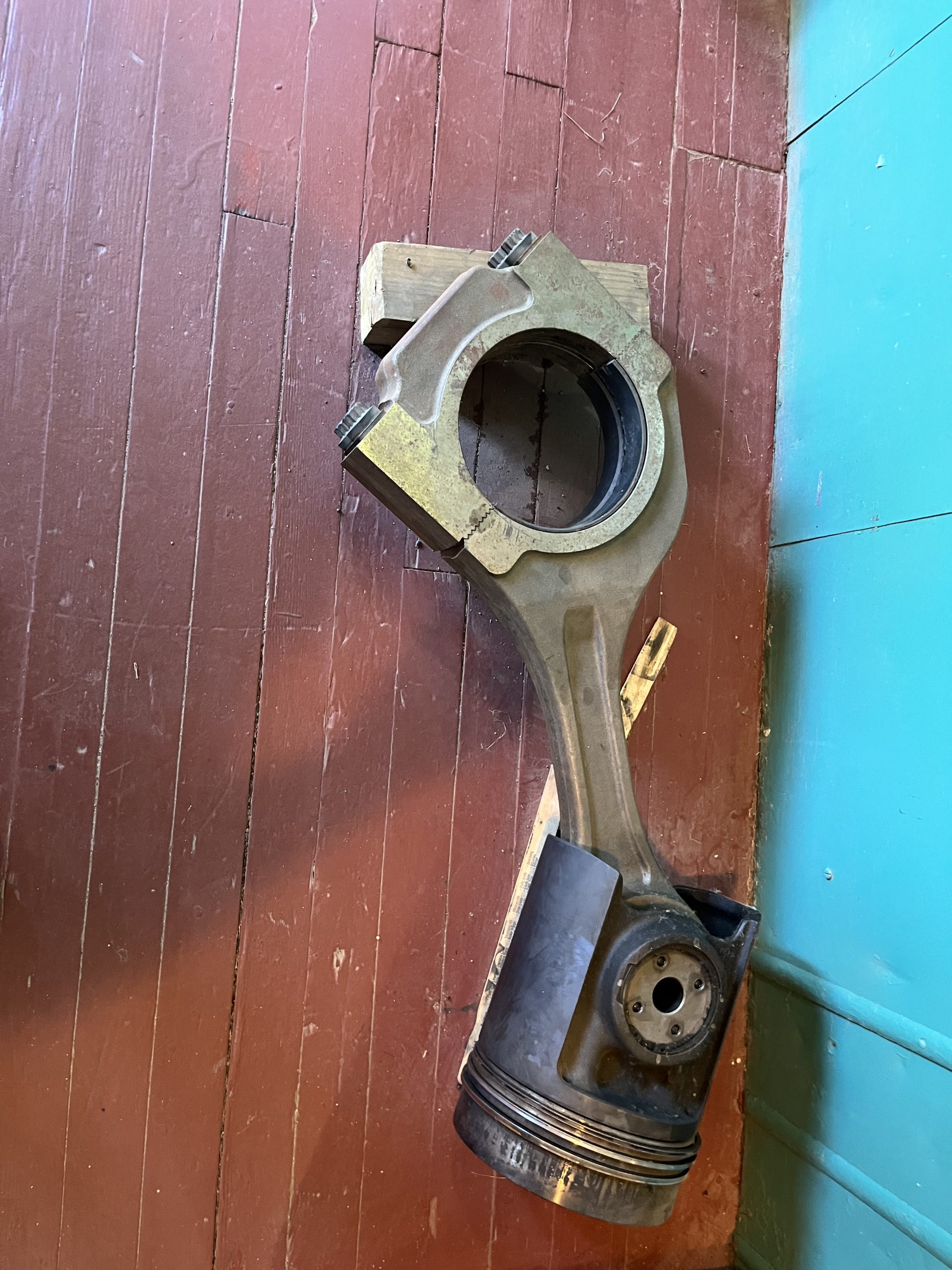
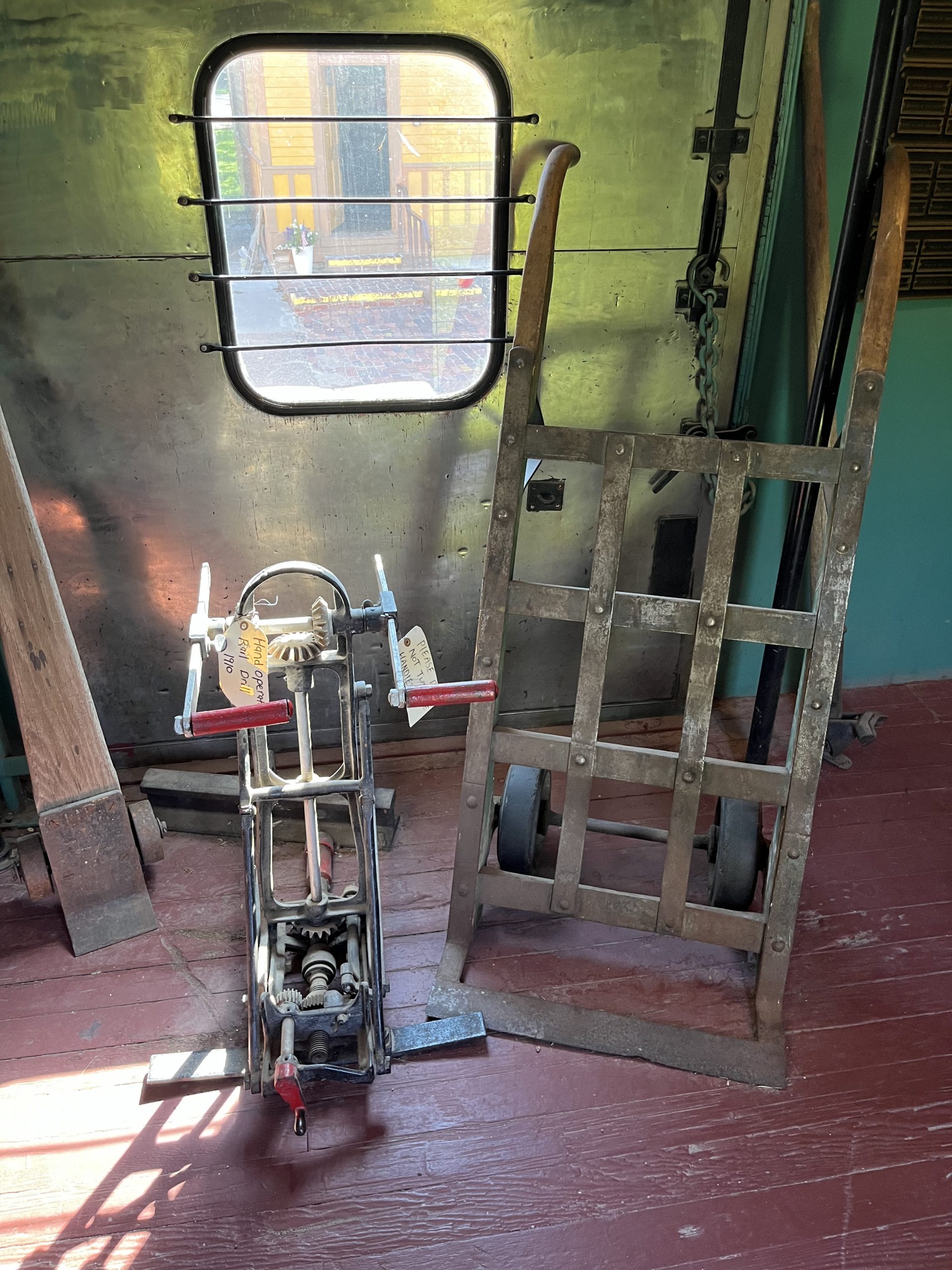
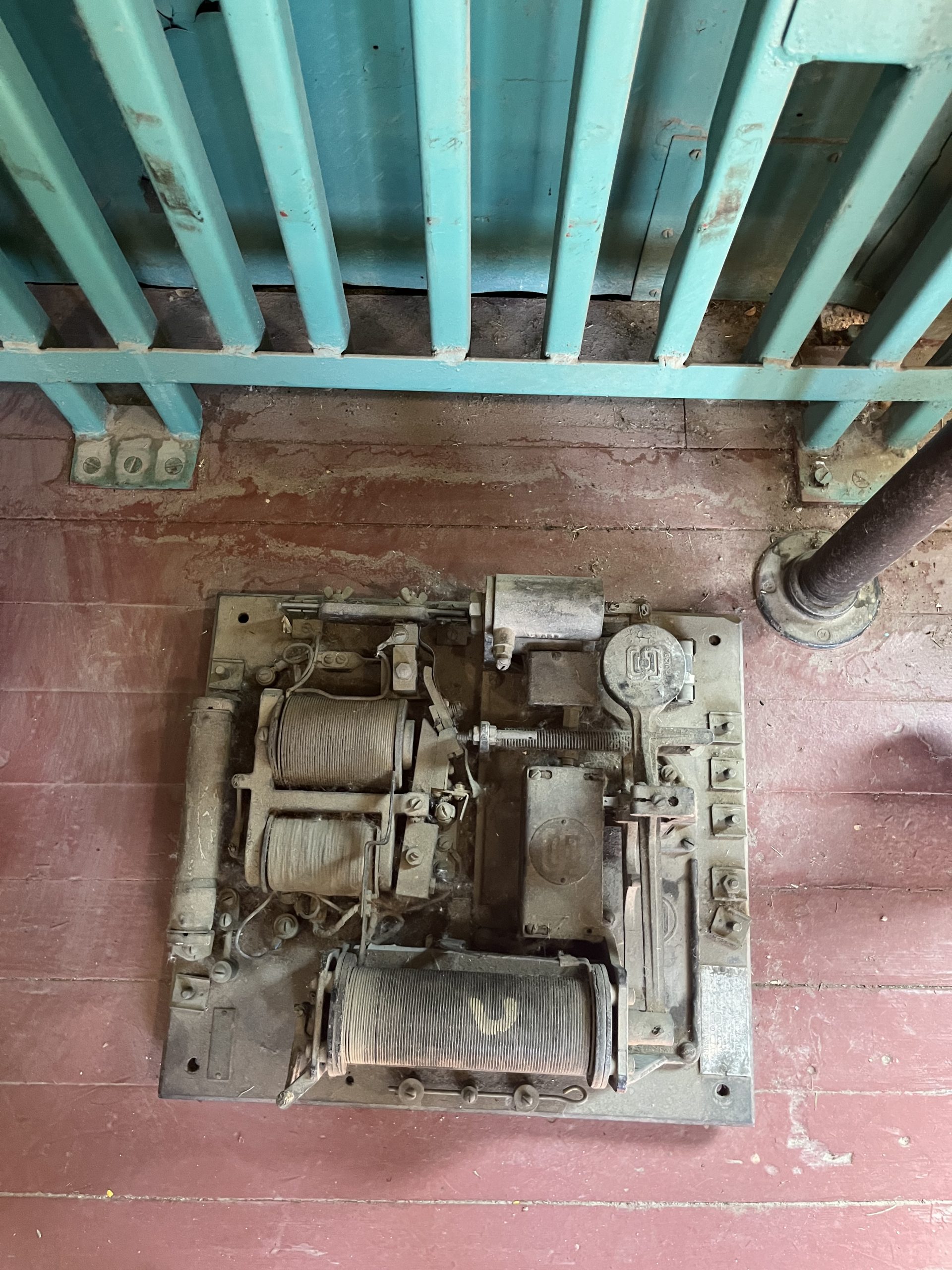
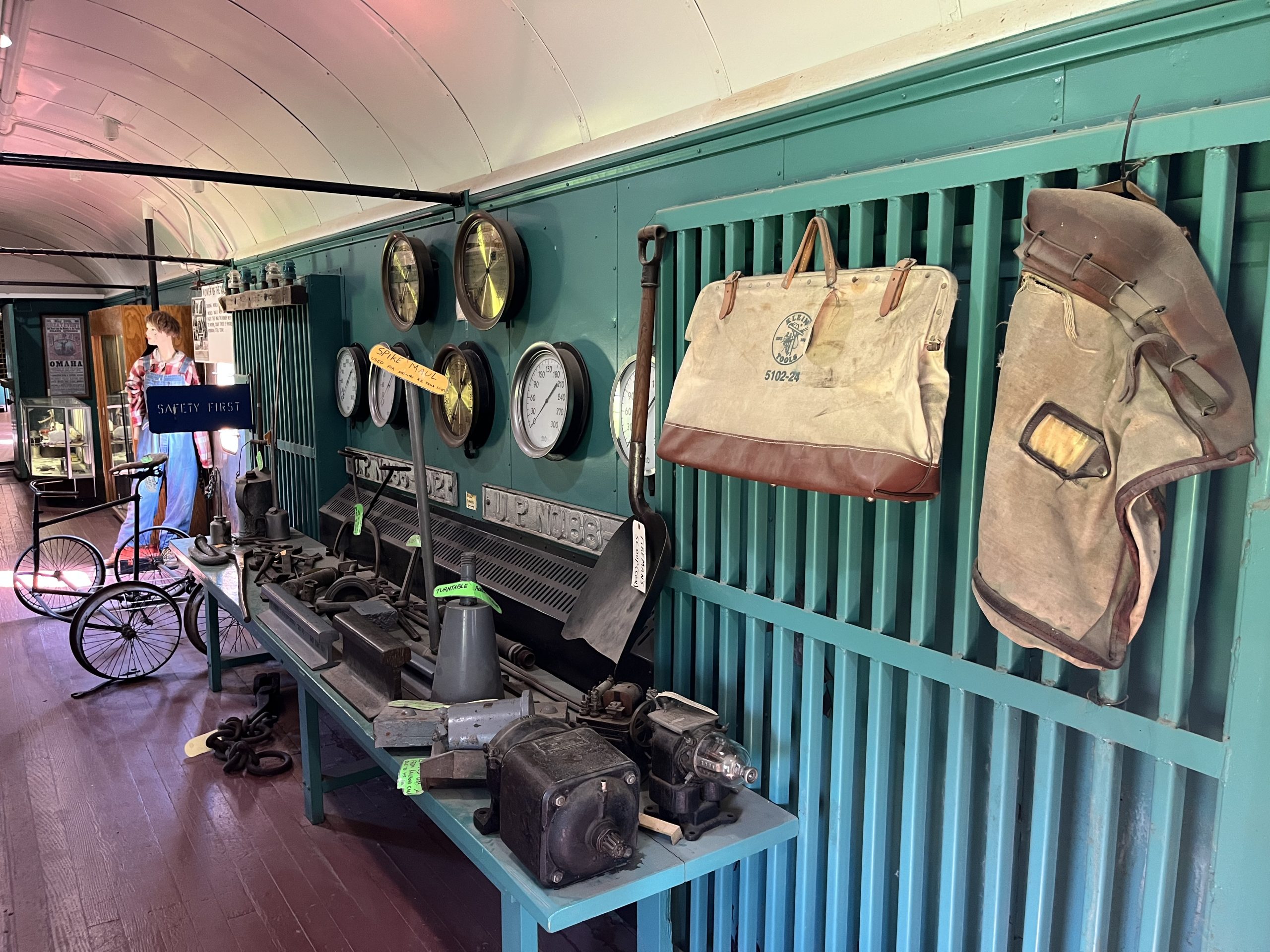
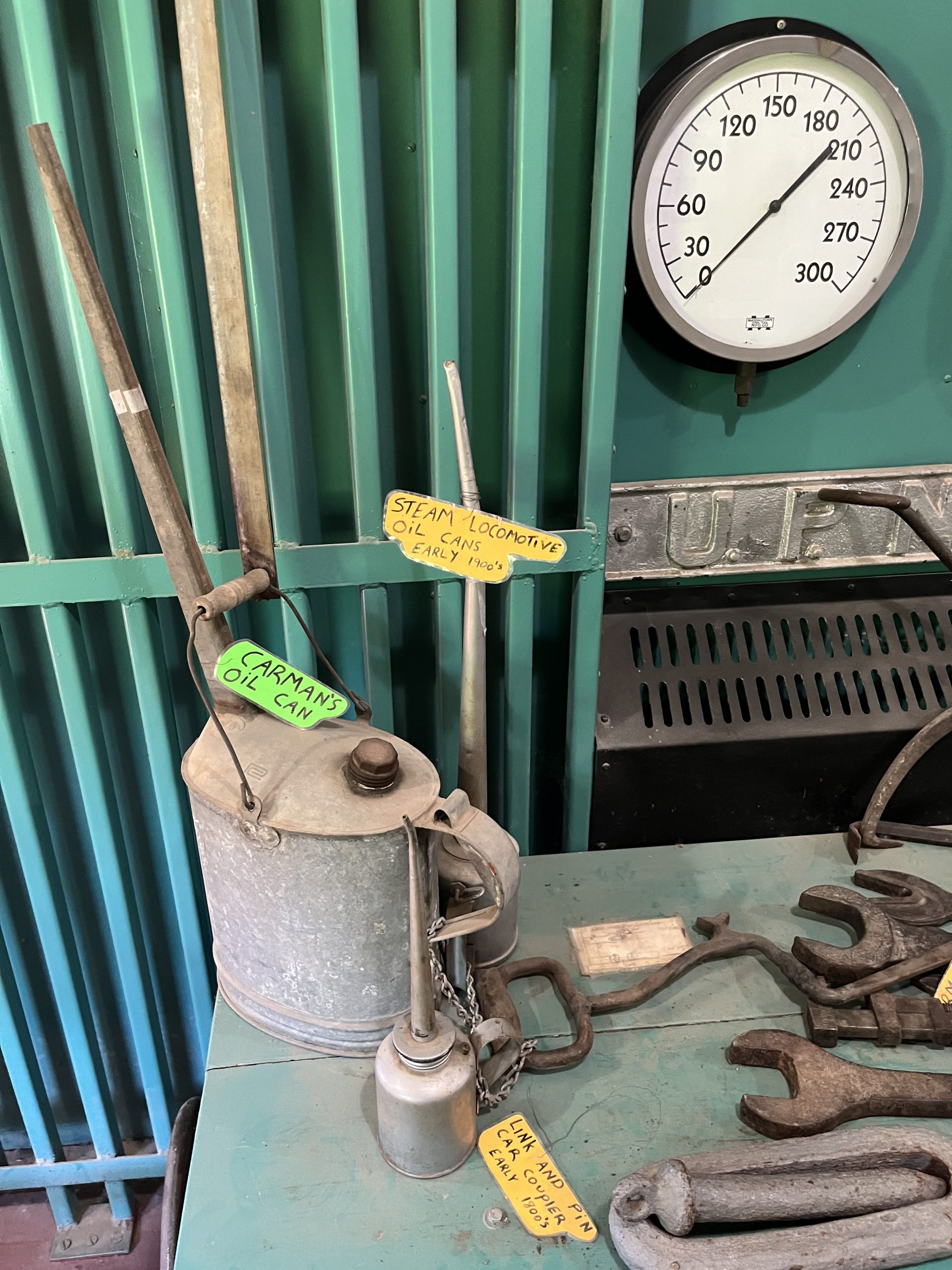
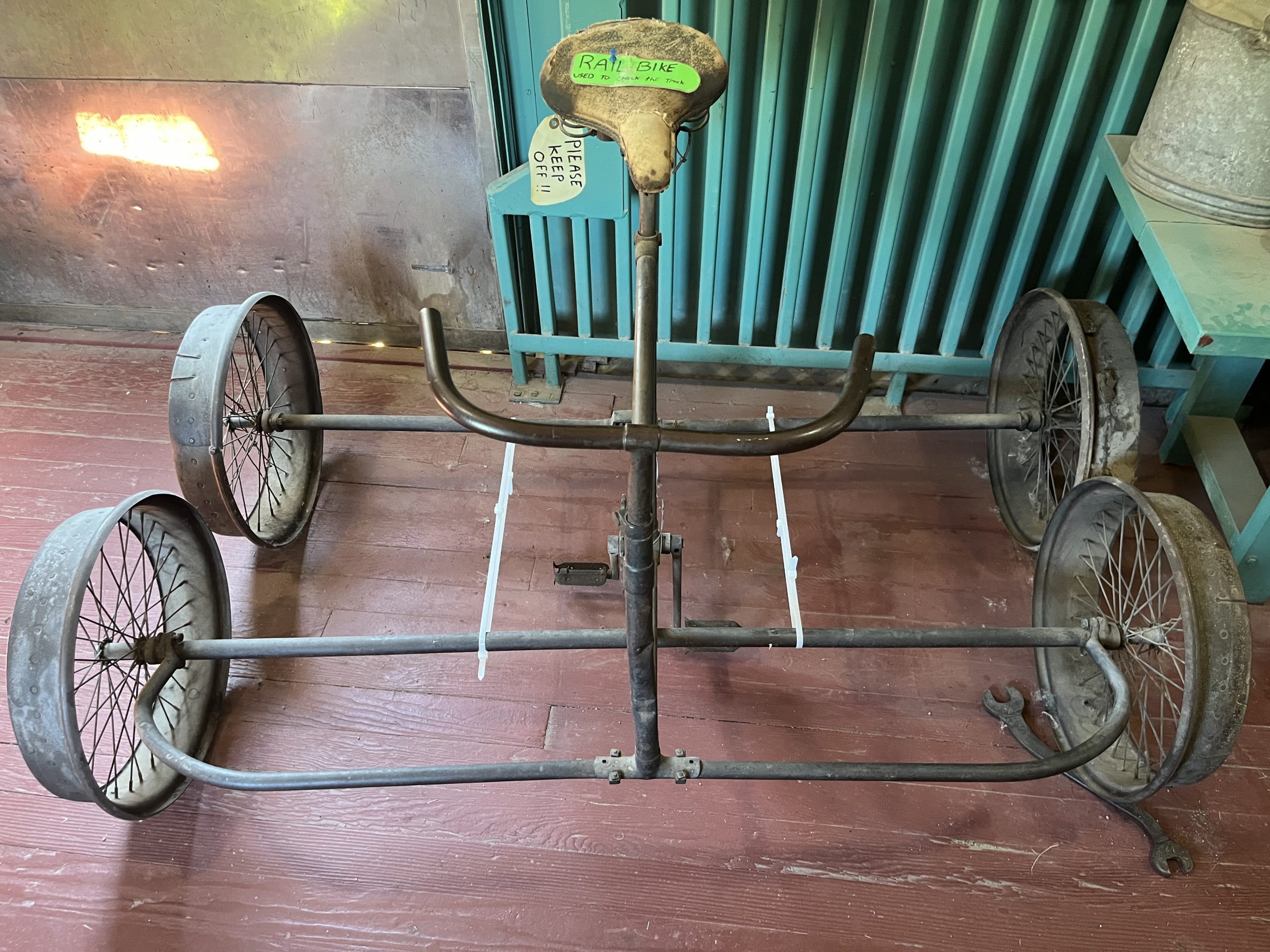
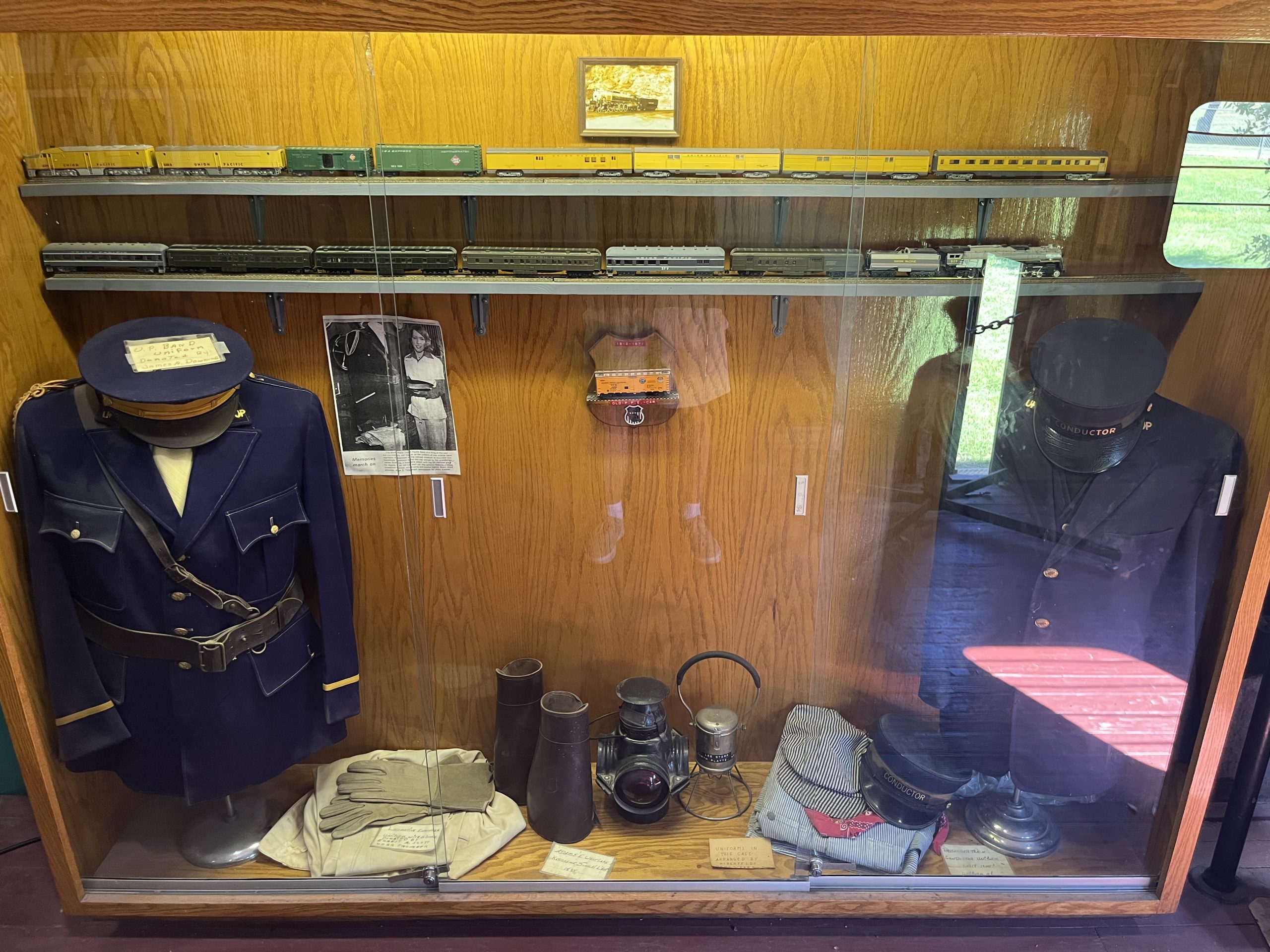
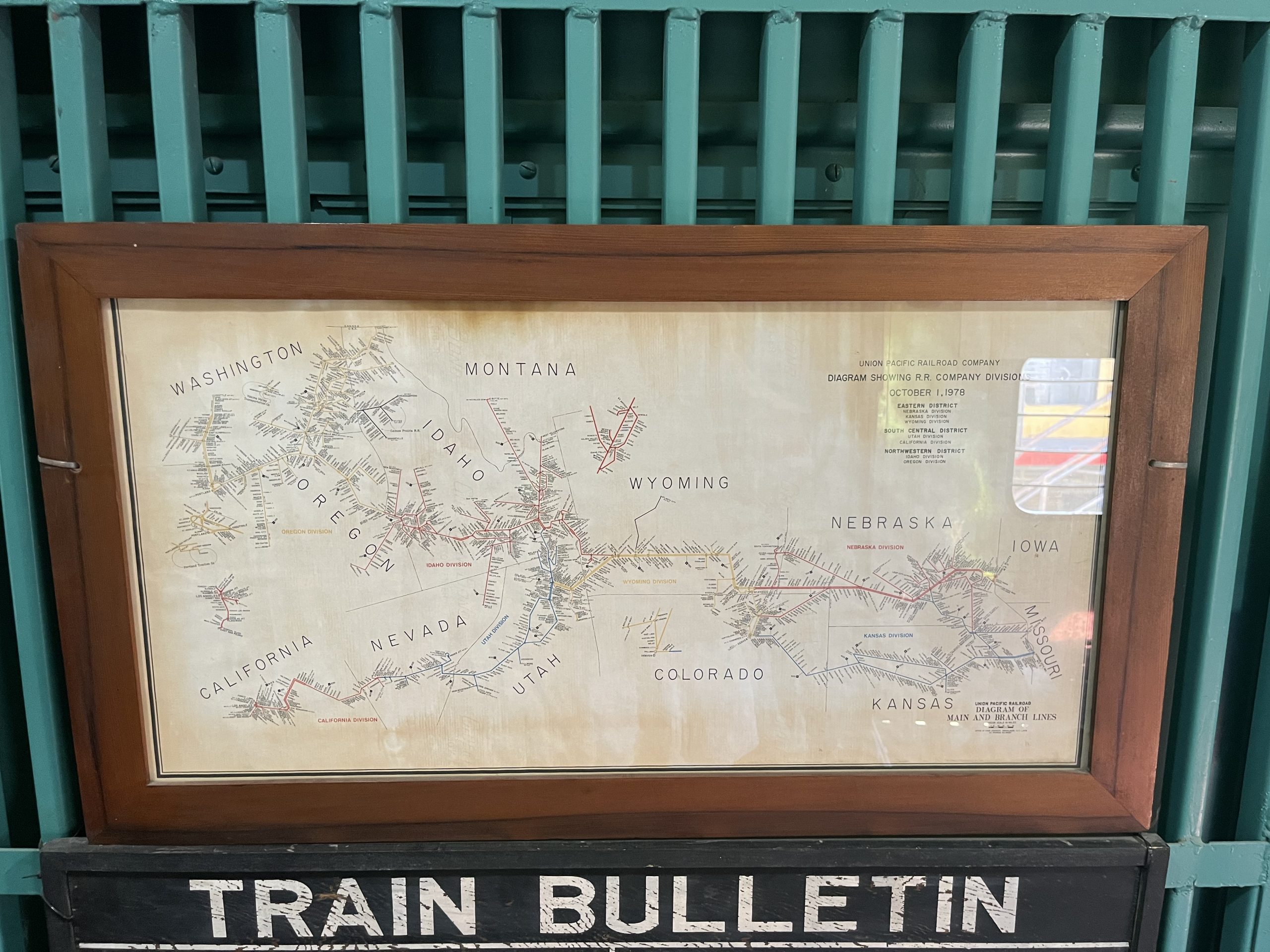
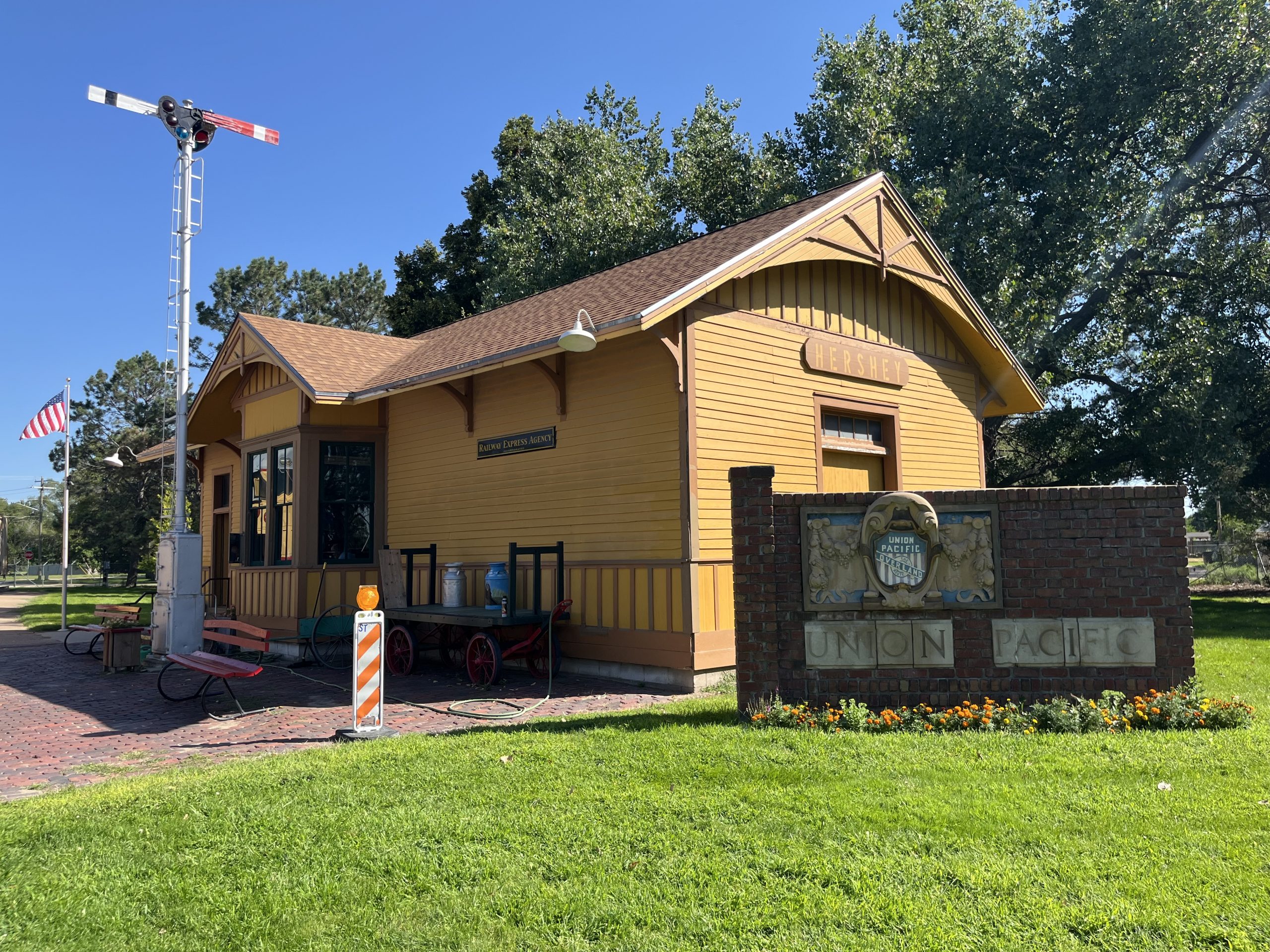
Mike, thanks for the great update of your travels. As usual, you covered it well. I can’t believe that I haven’t put the Bailey Yard on my “bucket list” for my retirement travels. I have an extensive collection of model trains in N-scale, including the Big Boy, Challenger and a couple of DD-40s, one of which is #6922 as captured in your picture.
Looking forward to your travels in pictures and narrations.
Thanks Bill. Always good to hear from you. Over the years I’ve seen some of your model RR layouts and they were that special combination of craftsmanship and artistry. Next time I’m in town, I would like to come by and see your full collection of N scale trains if possible.
Dan says the trains are super cool.
Dan’s a train guy so of course he would know!
Cool papi! I liked this one a lot! The toilet sign was funny! Do the big diesel locomotives still run today?
Hello Oliver. I don’t believe these diesels run today. While the more modern diesels are not quite as powerful, they work very well for providing enough power by combining multiple units to pull a train and can be dispersed amongst the train – front, middle, and end.
So glad you’re back in travel mode. Since you’re traveling in that area, I highly recommend a stop in South Bend, Indiana at the Studebaker National Museum.
https://studebakermuseum.org/
Enjoy!
Thanks Karen. Yes, the Studebaker Museum looks interesting – quite the collection. I’m hoping to be able to make time for it as a stop on my drive out of Chicago that then heads up the east coast of Lake Michigan.